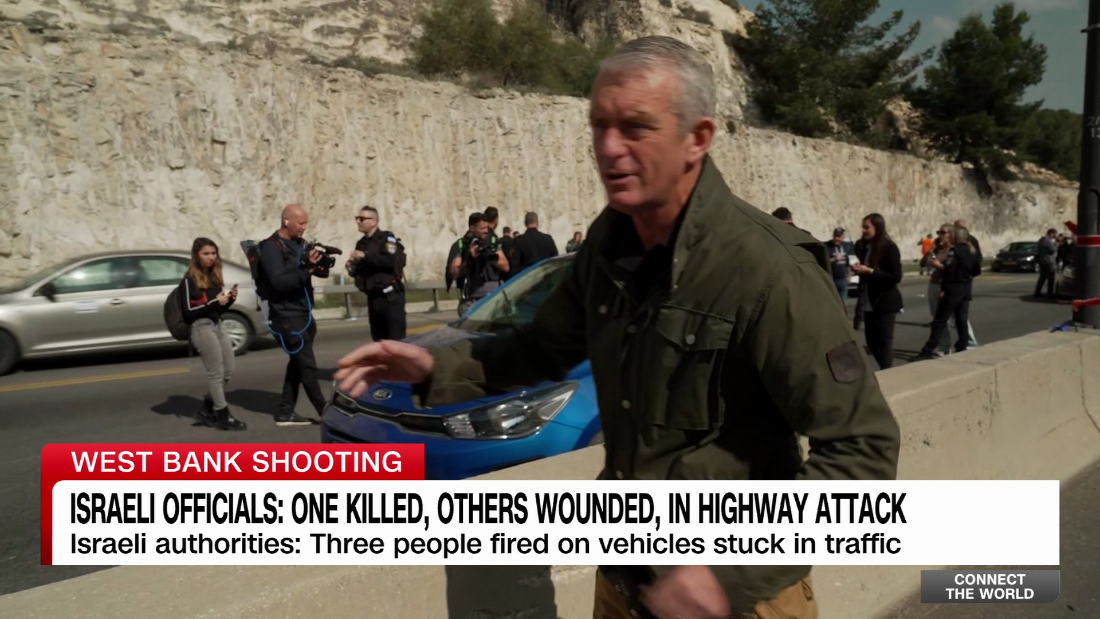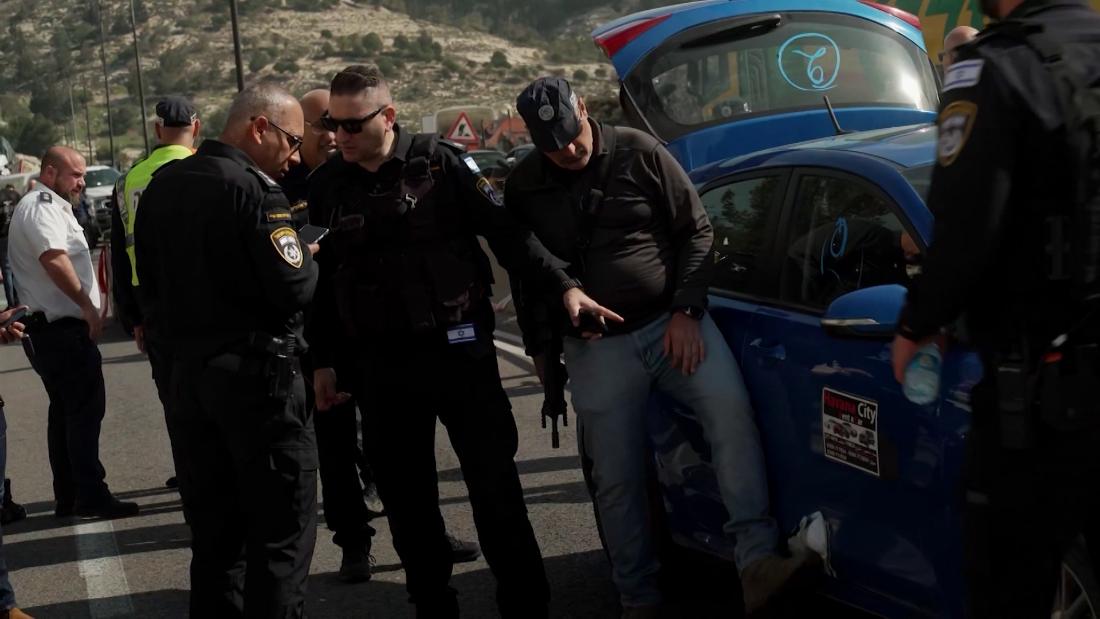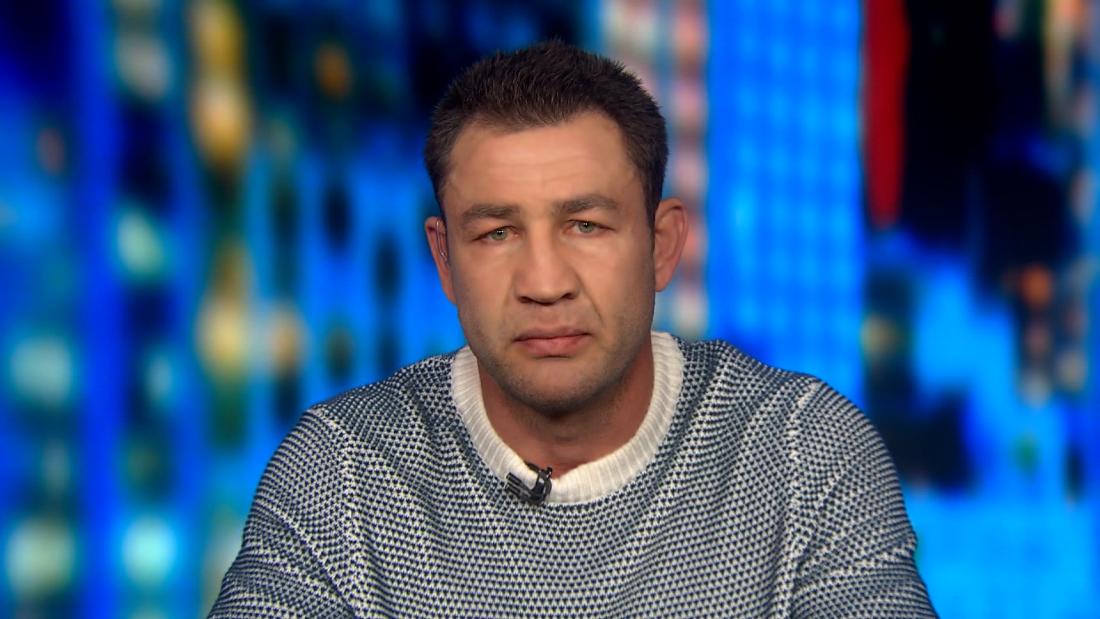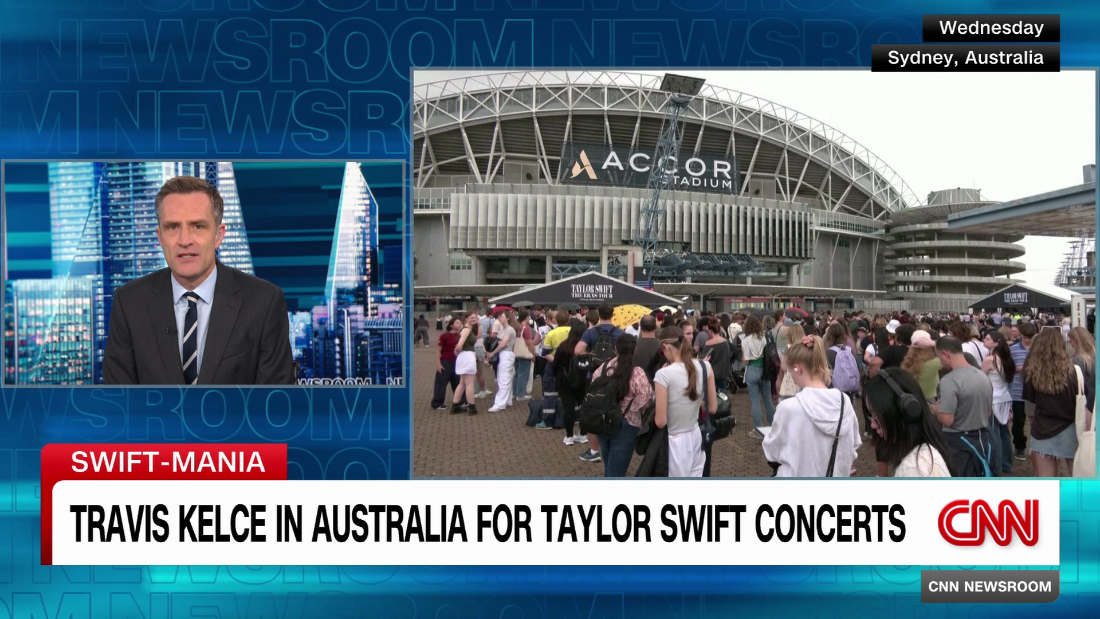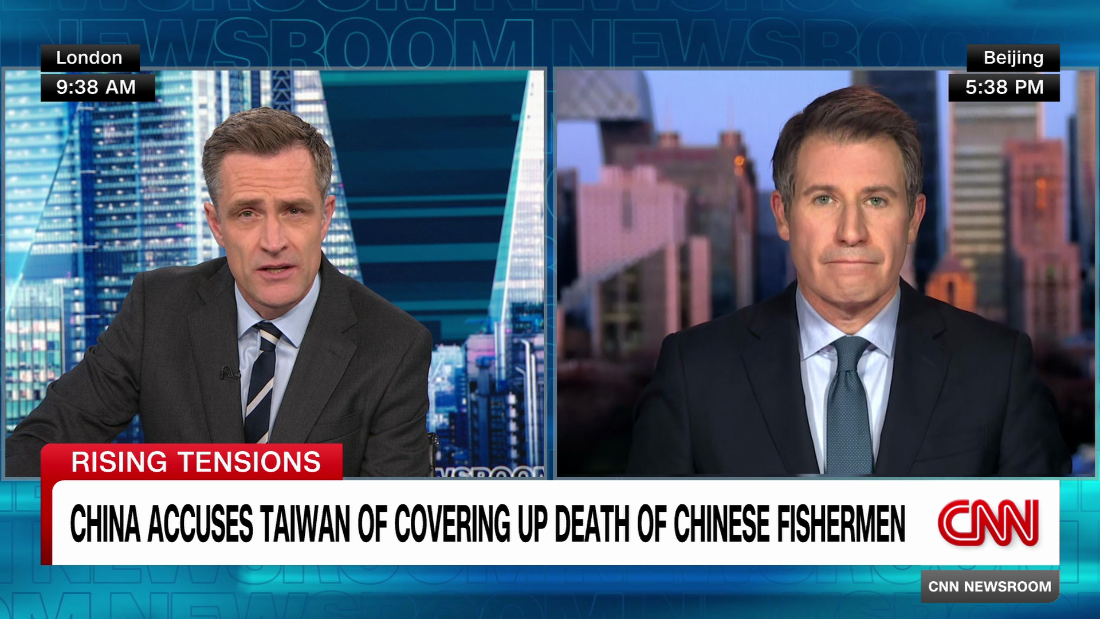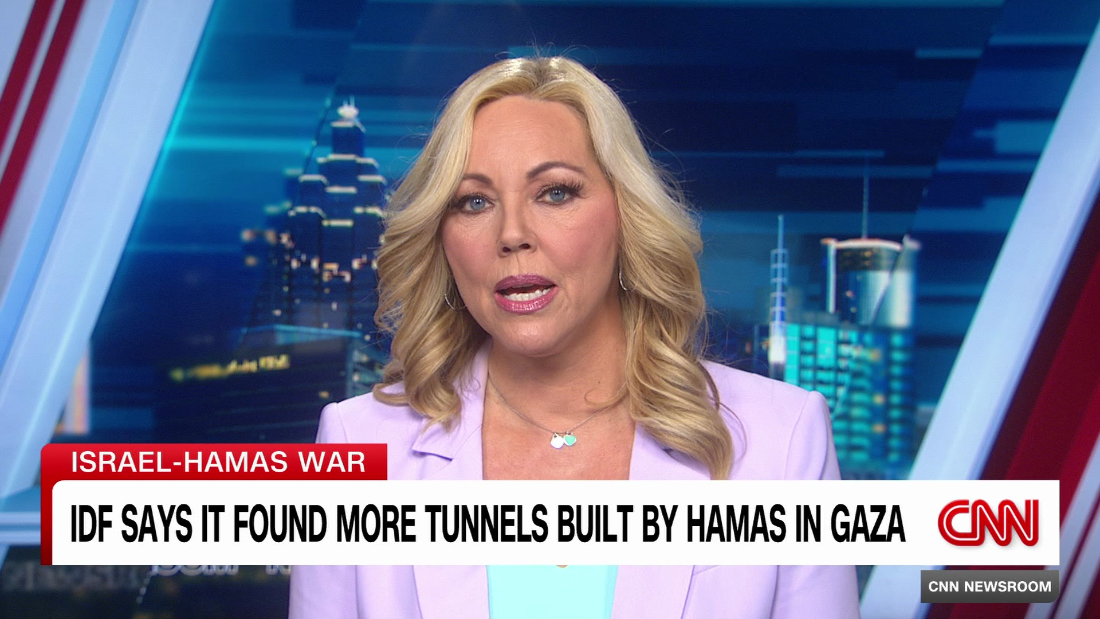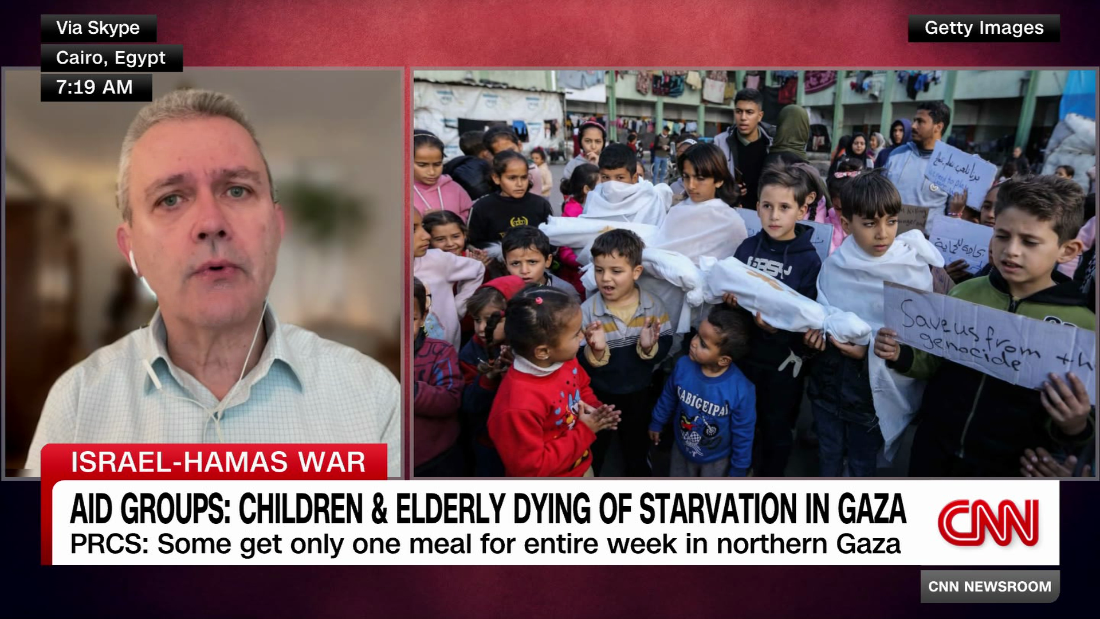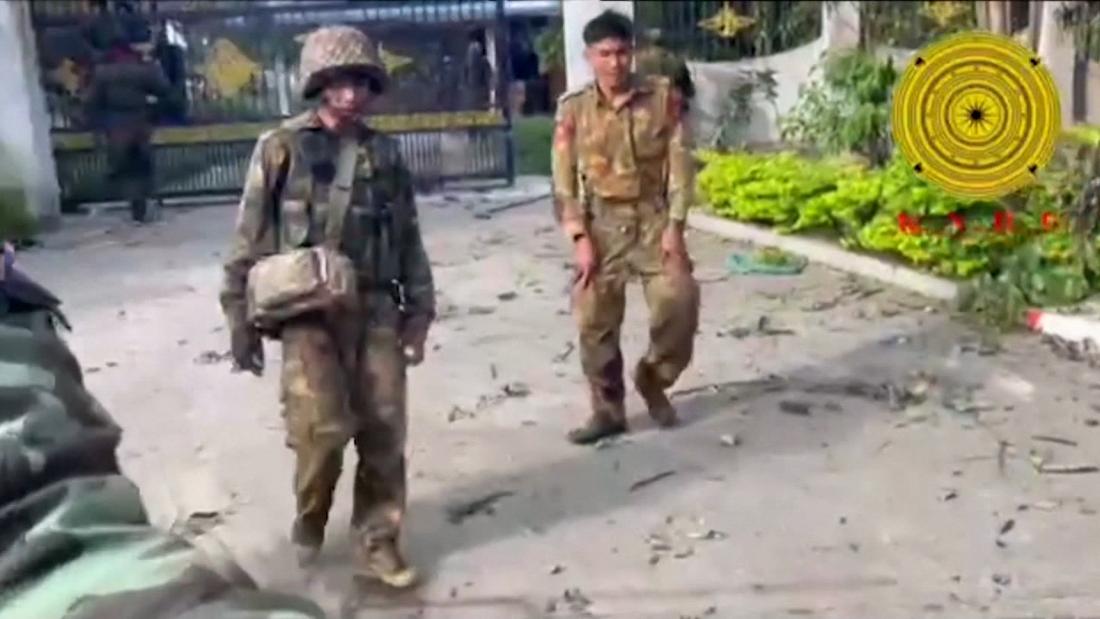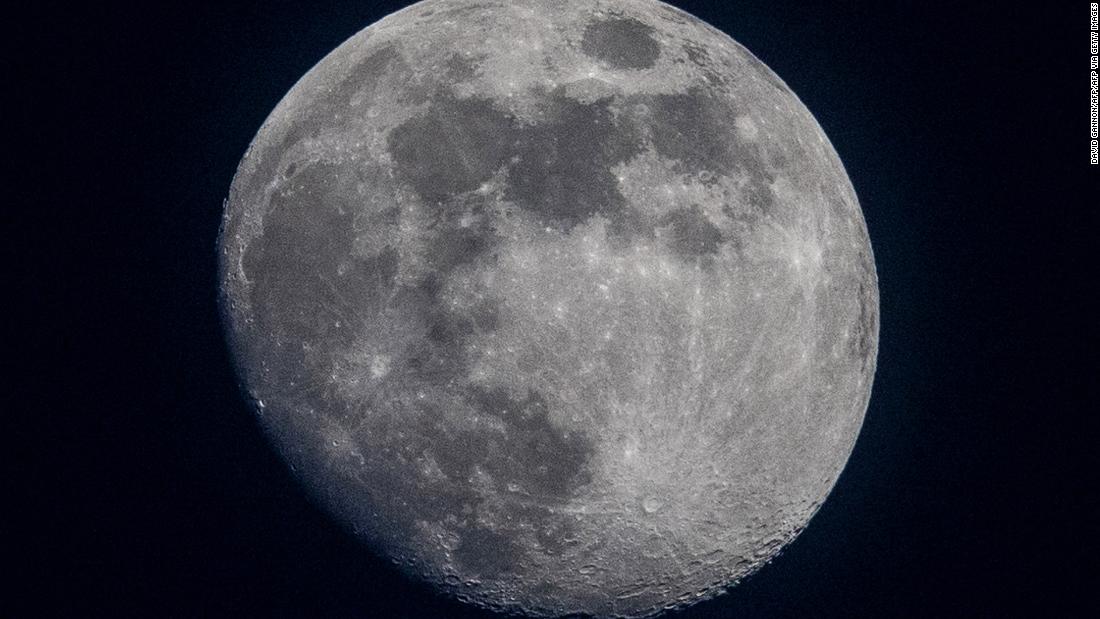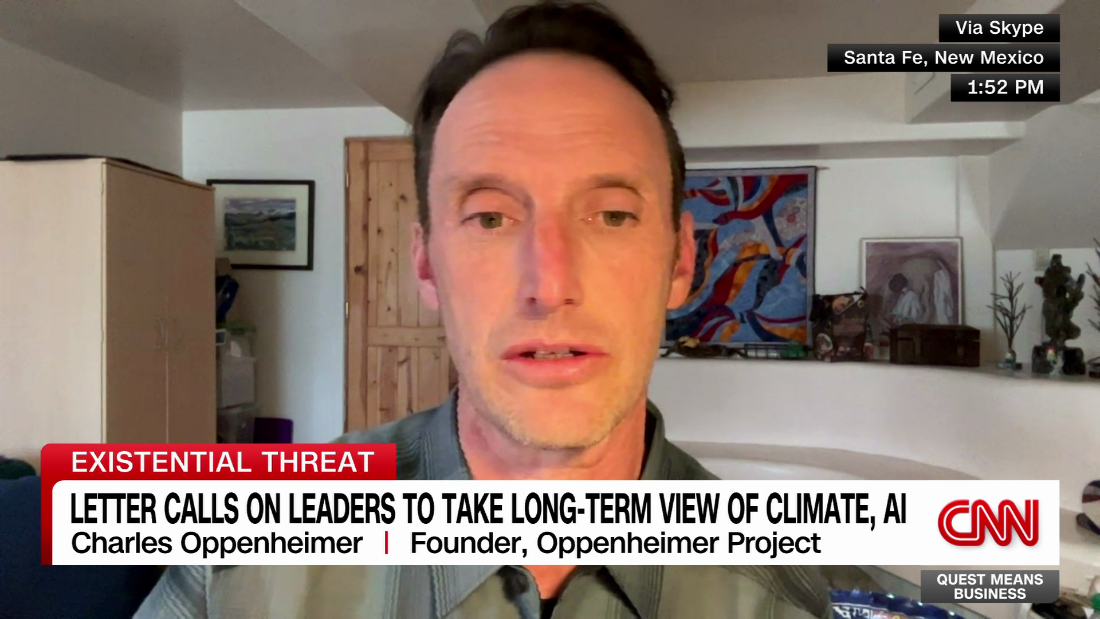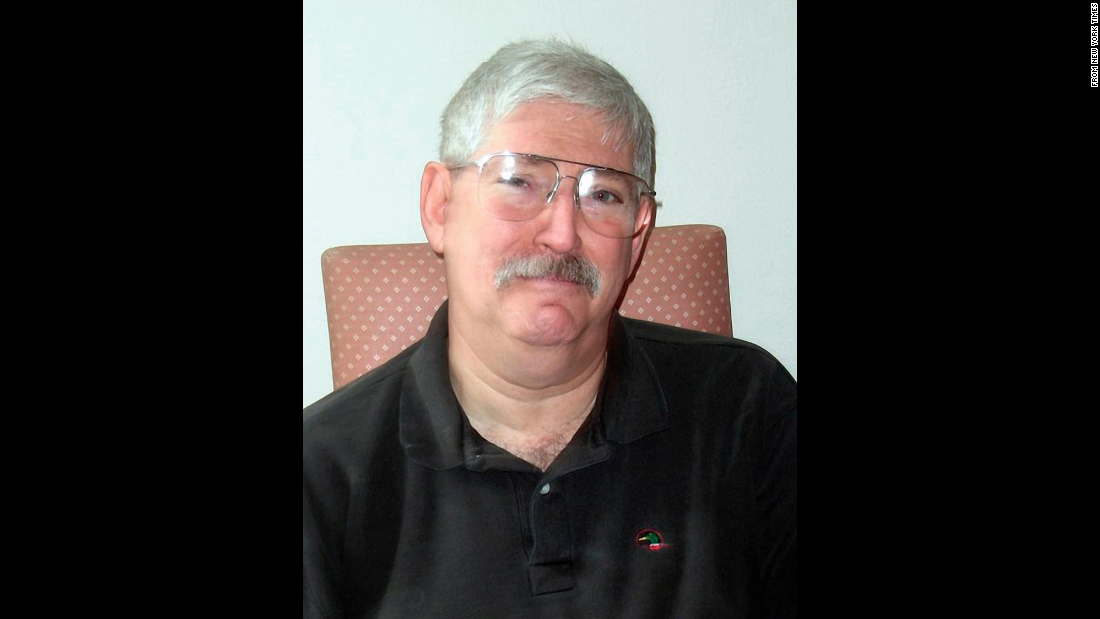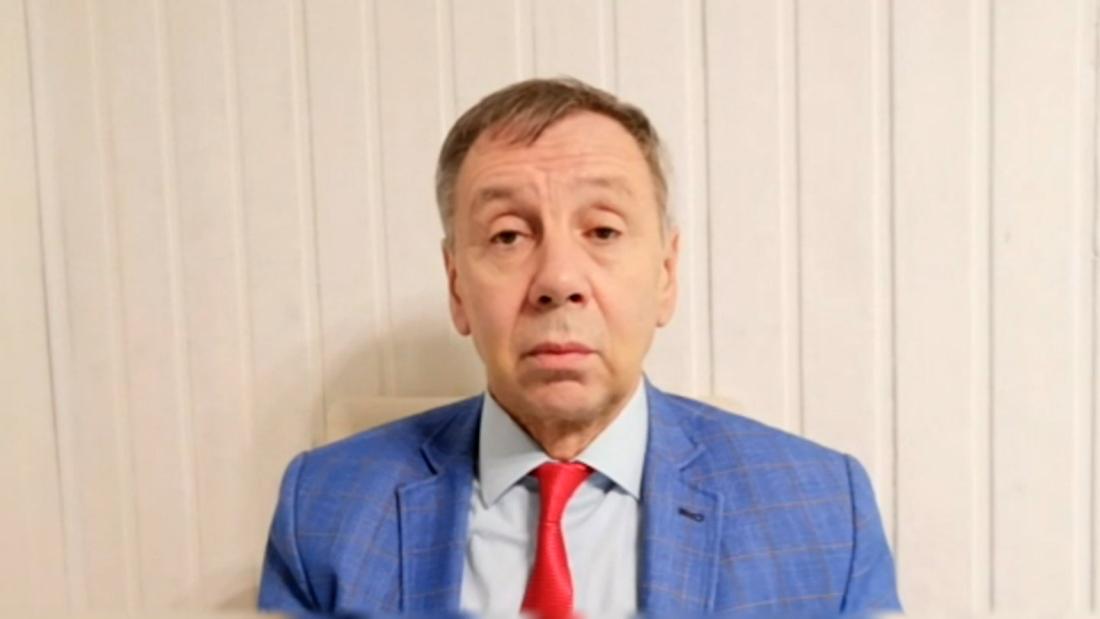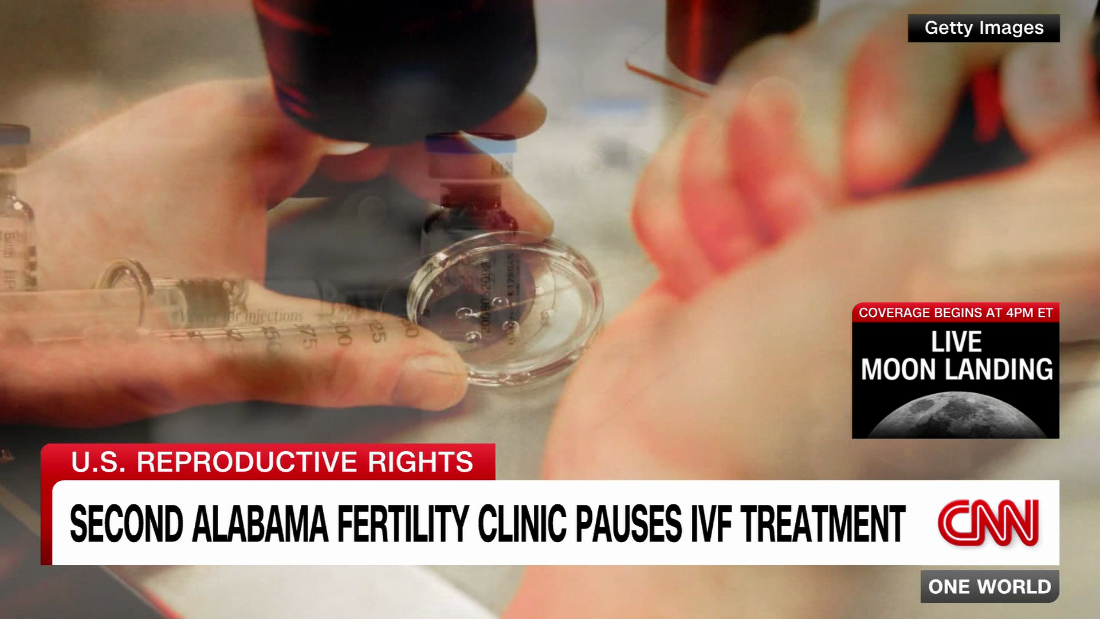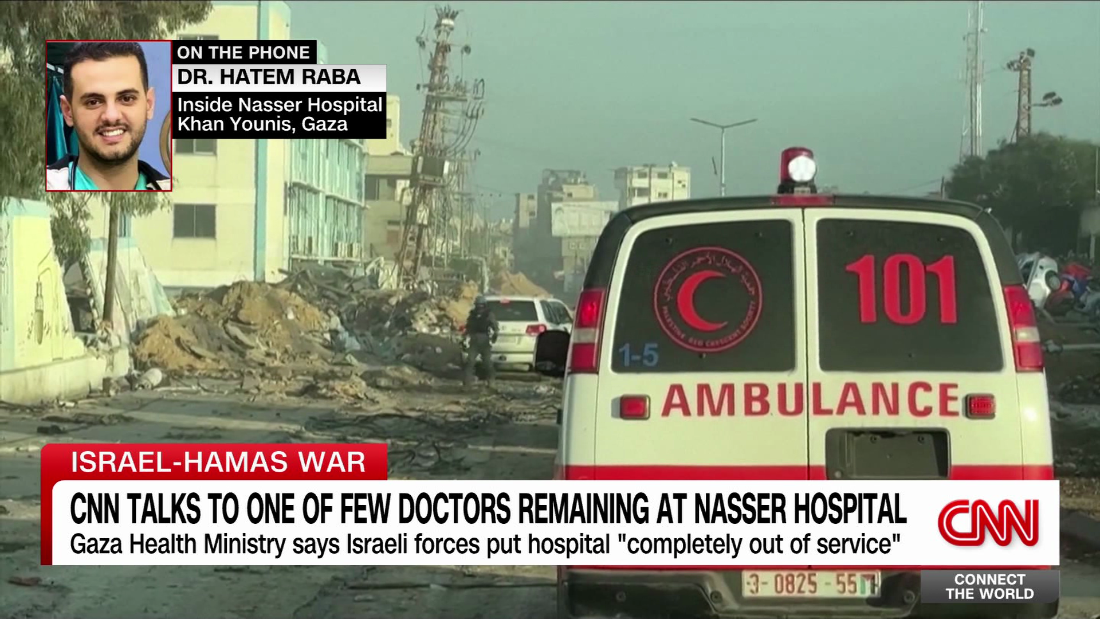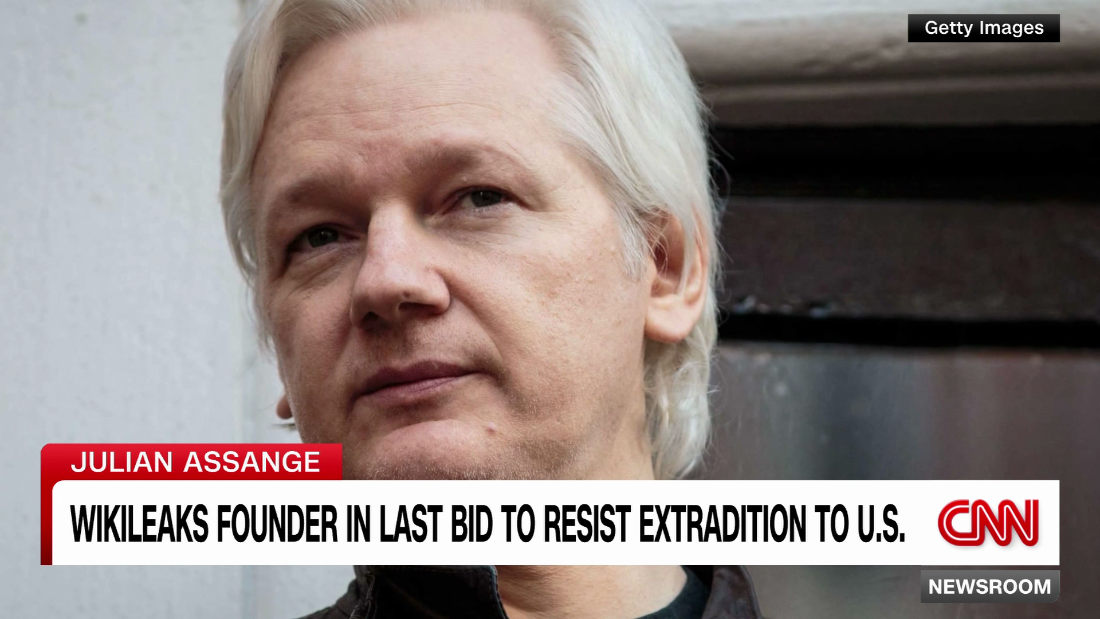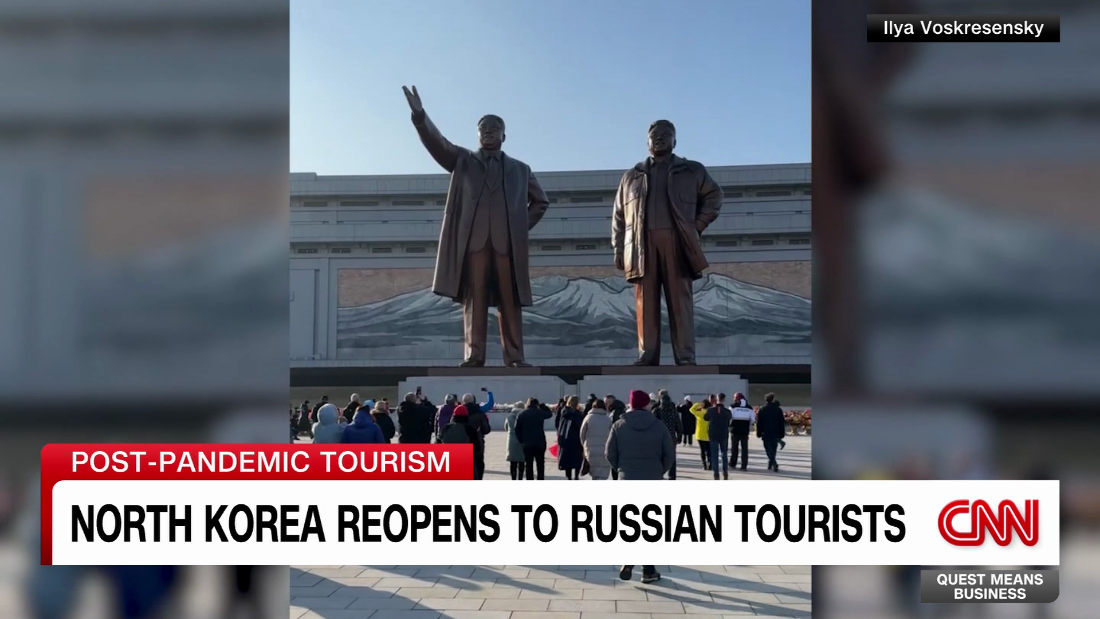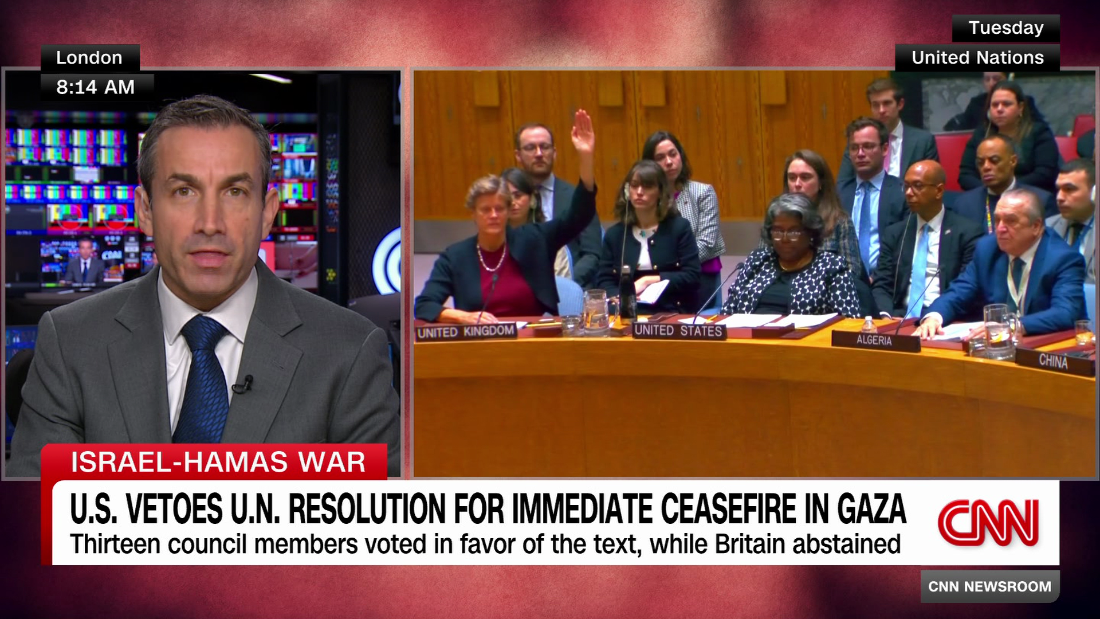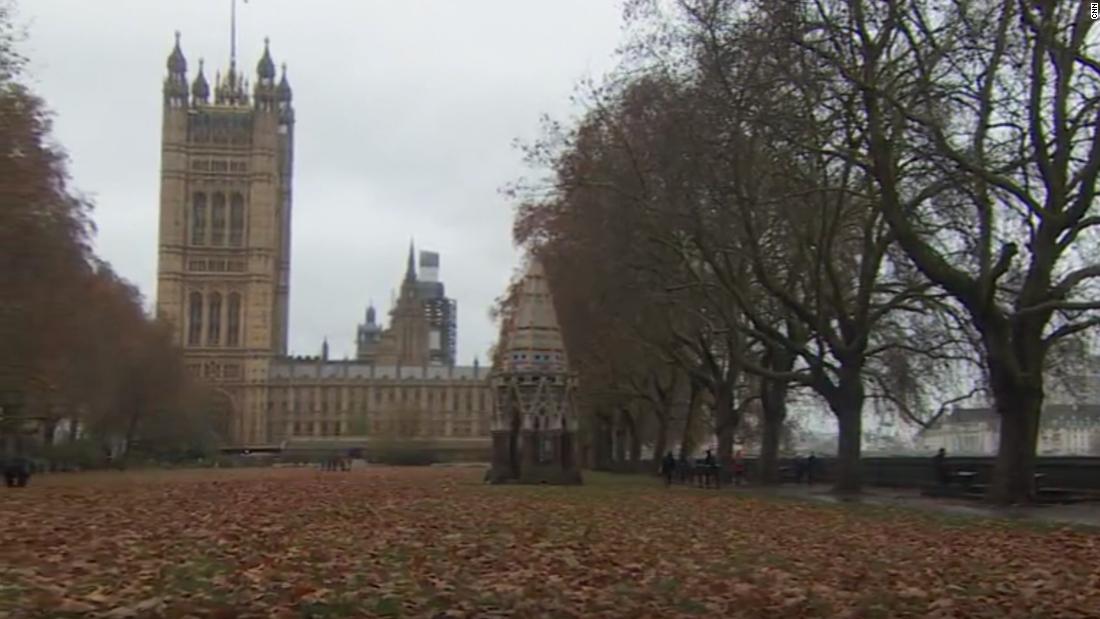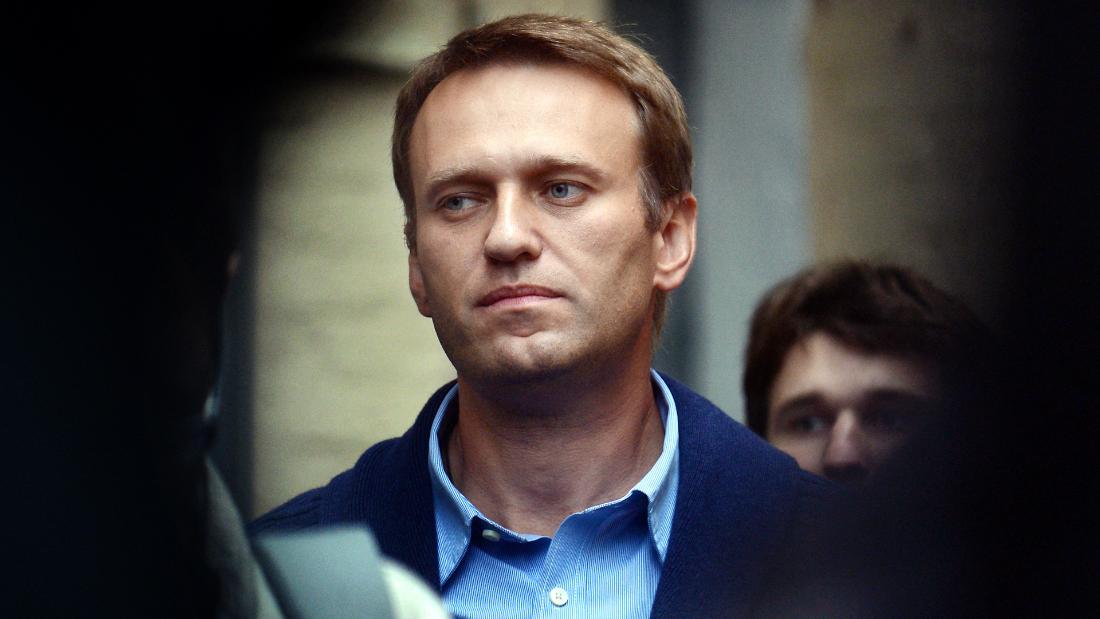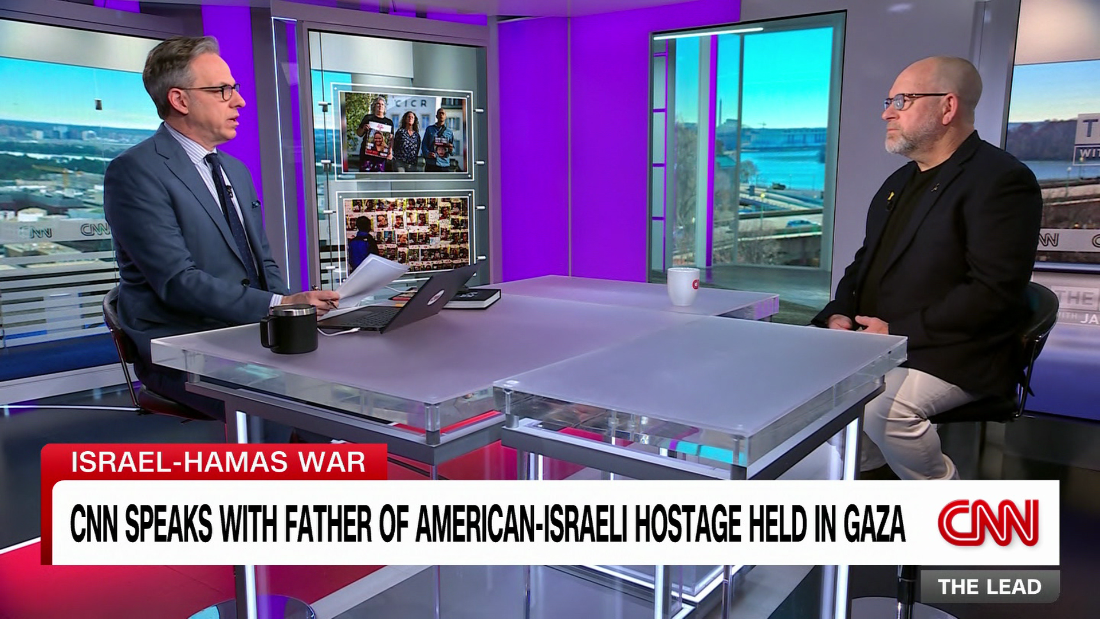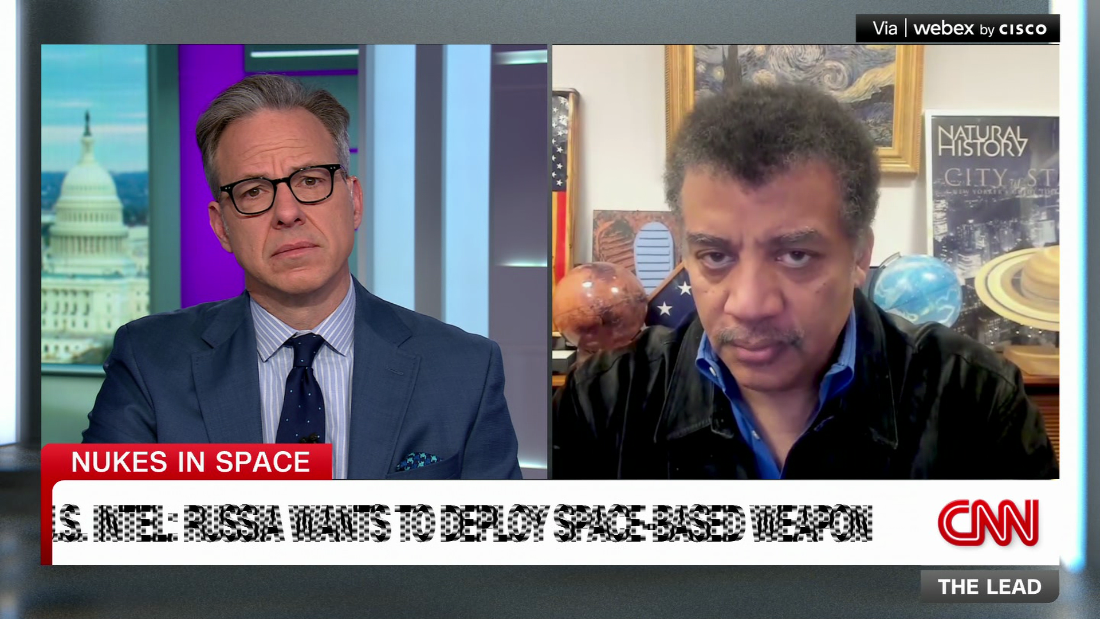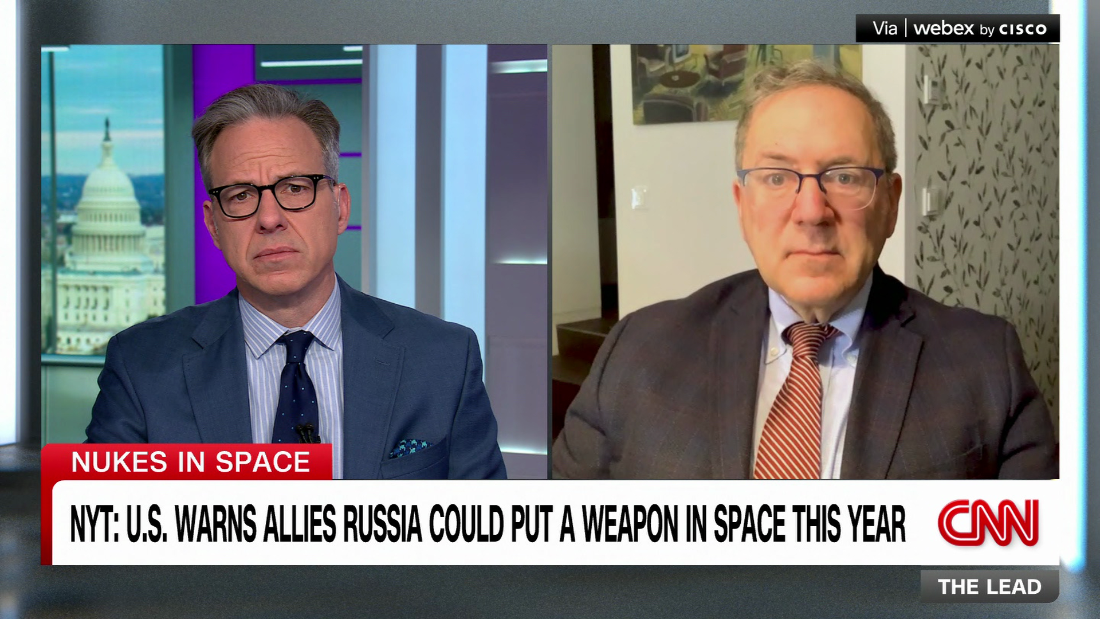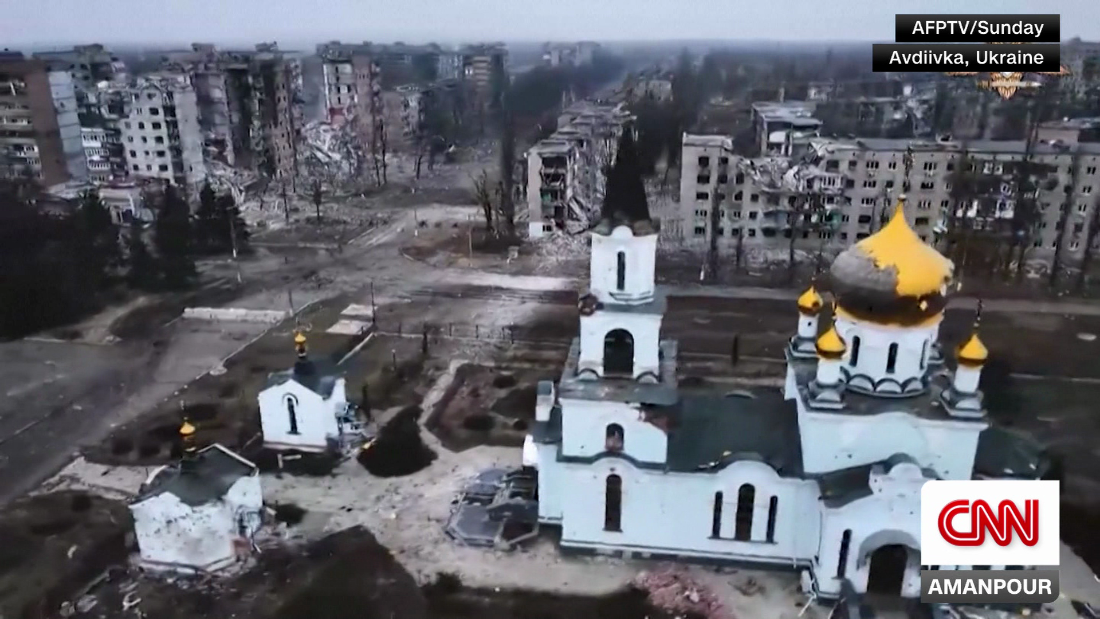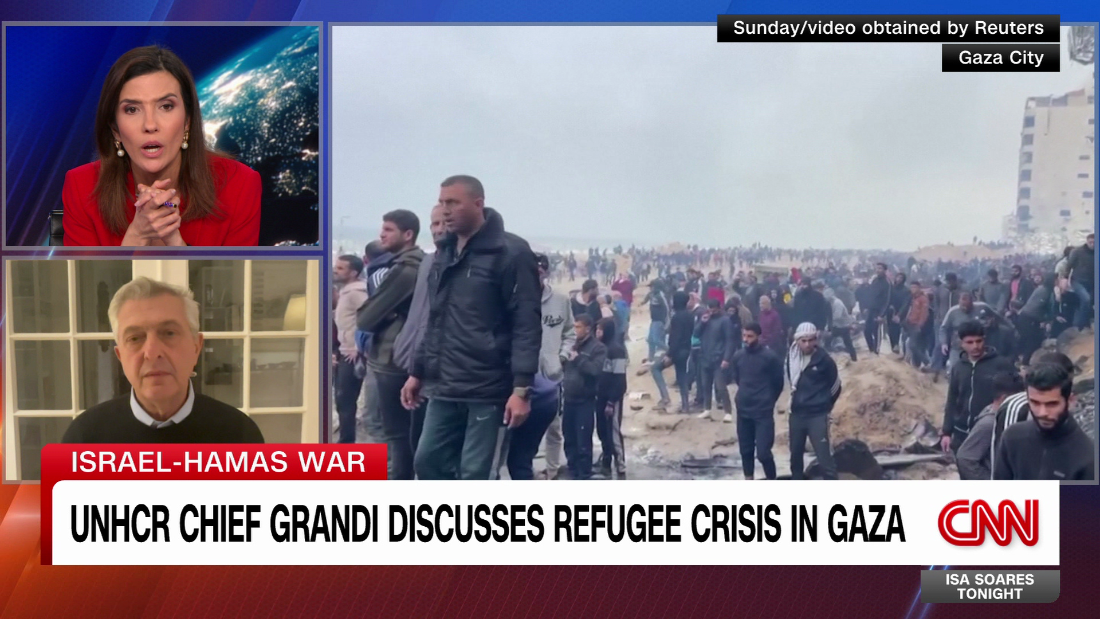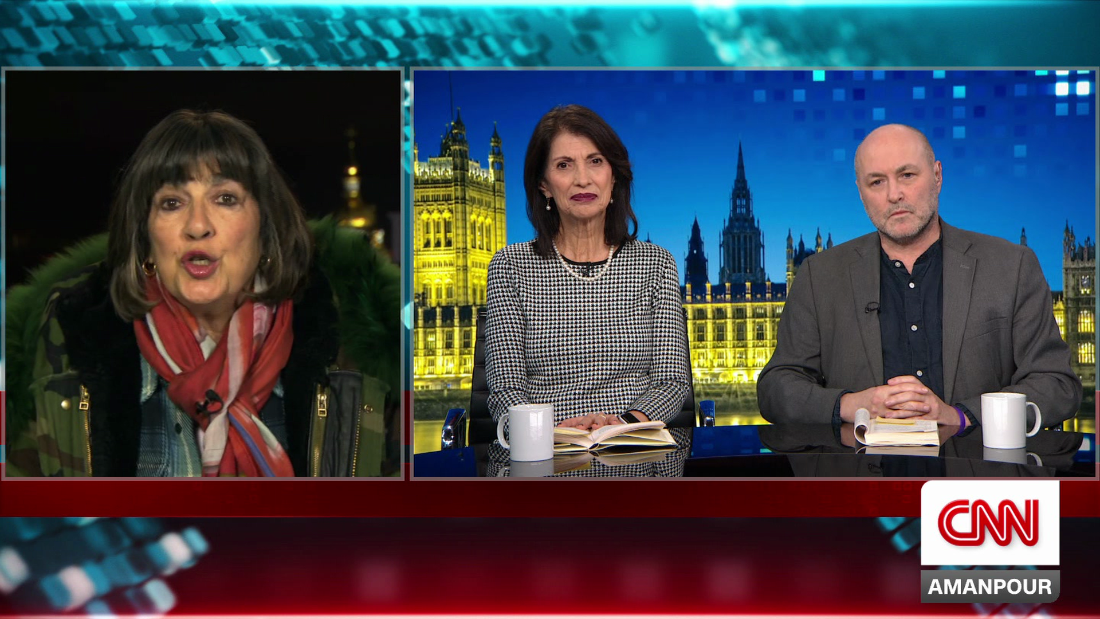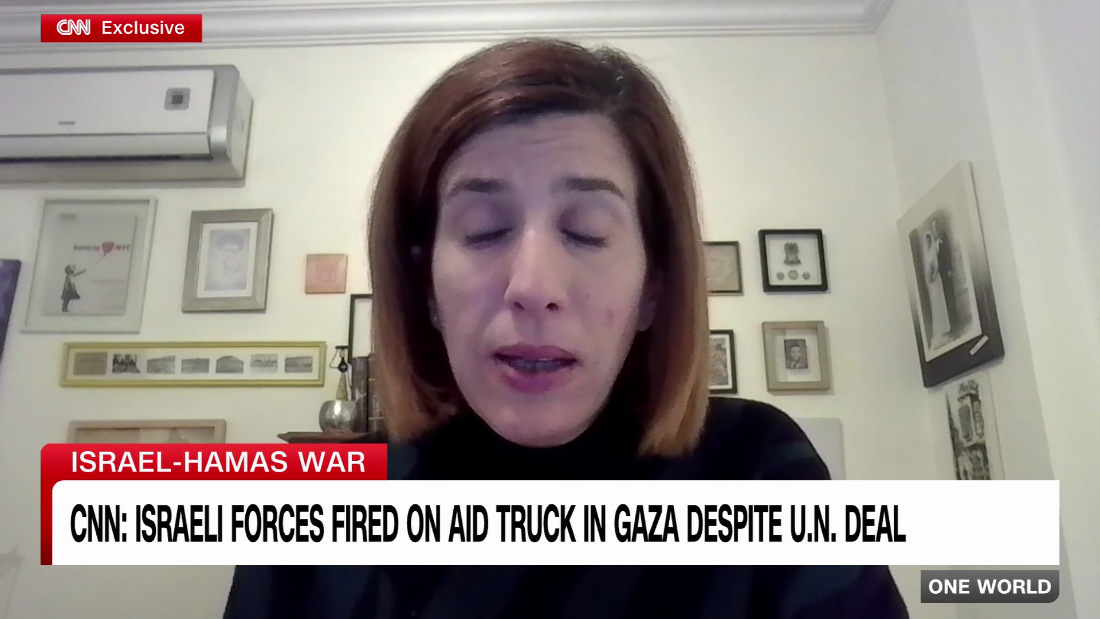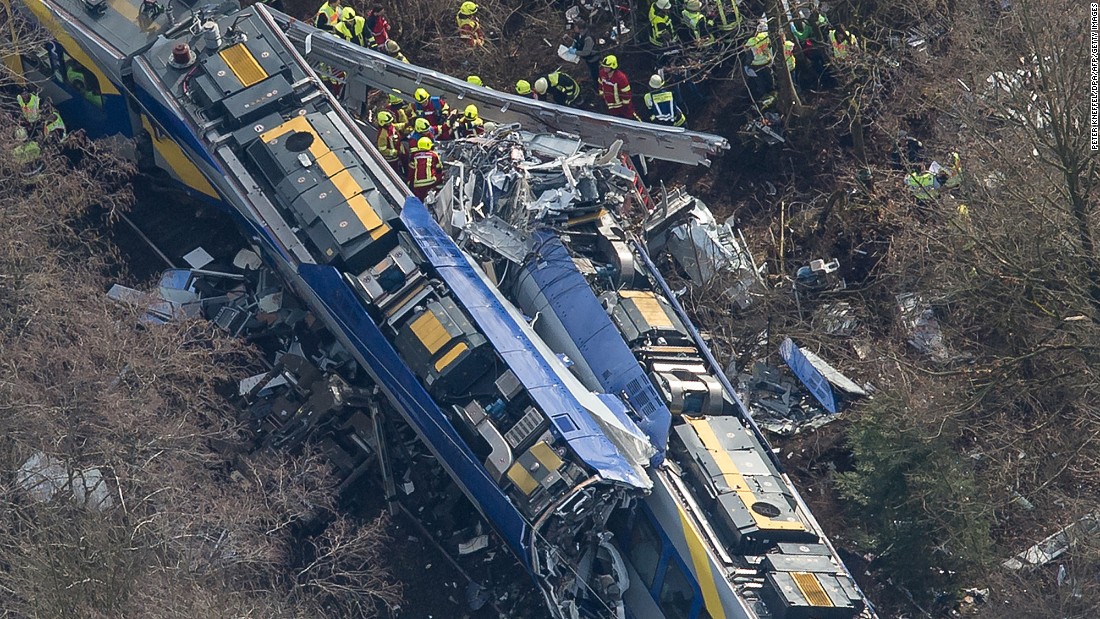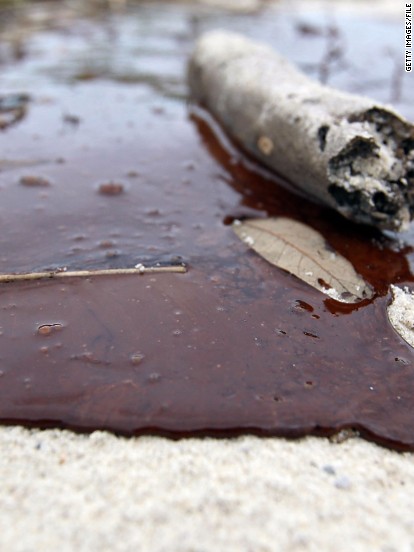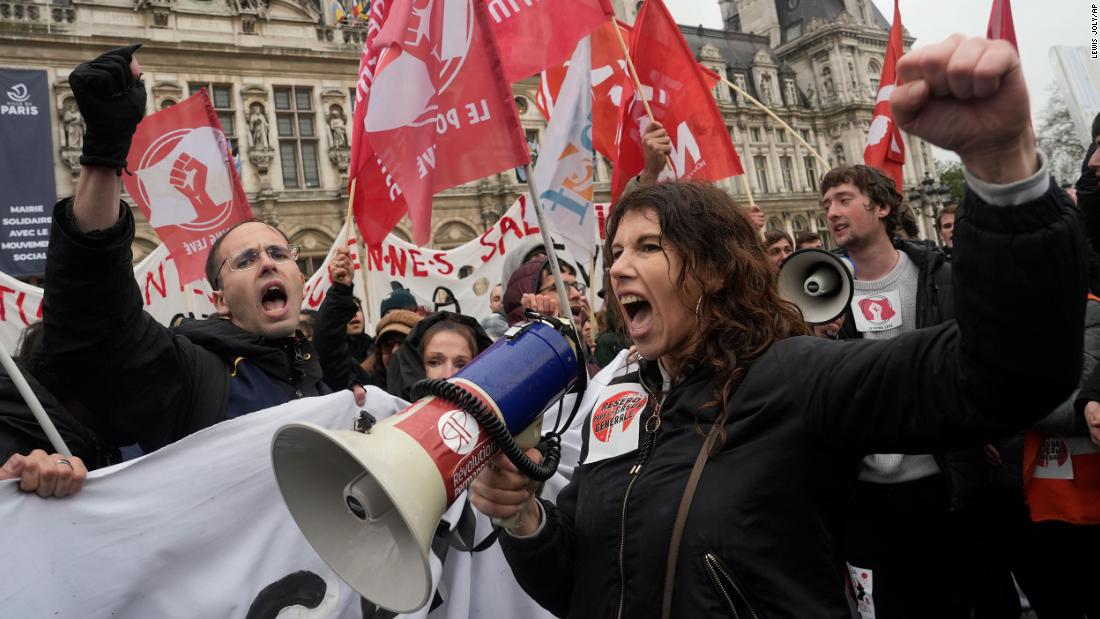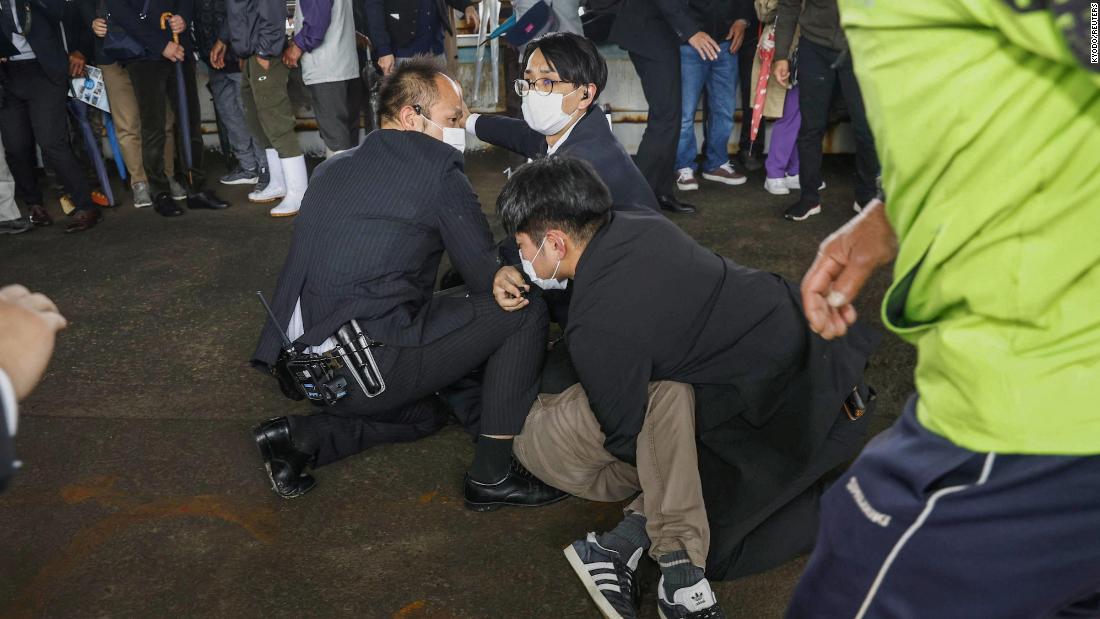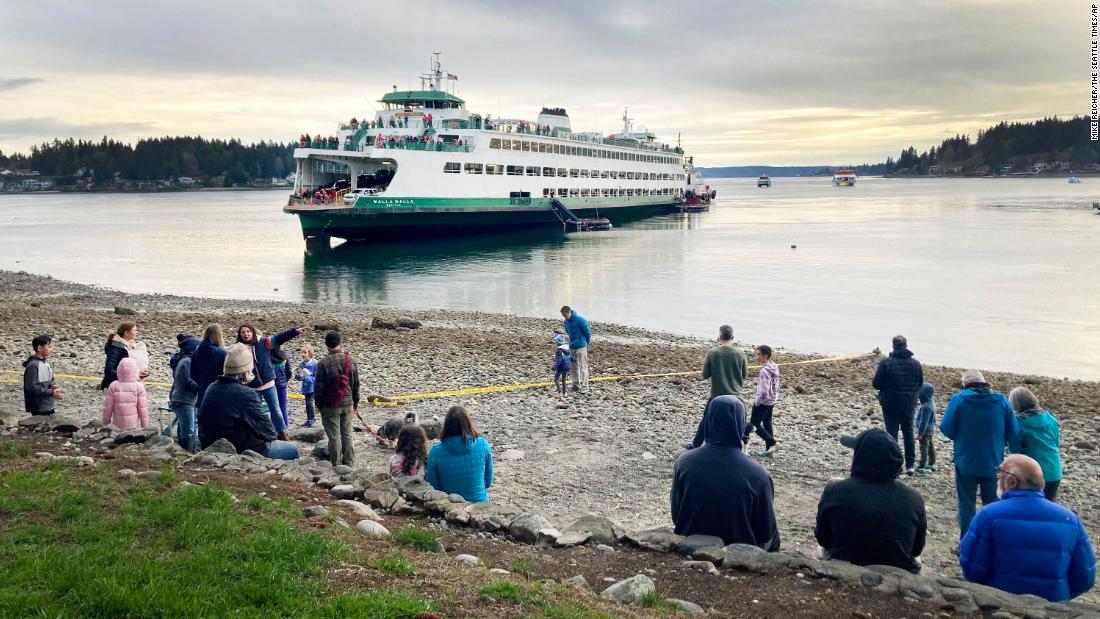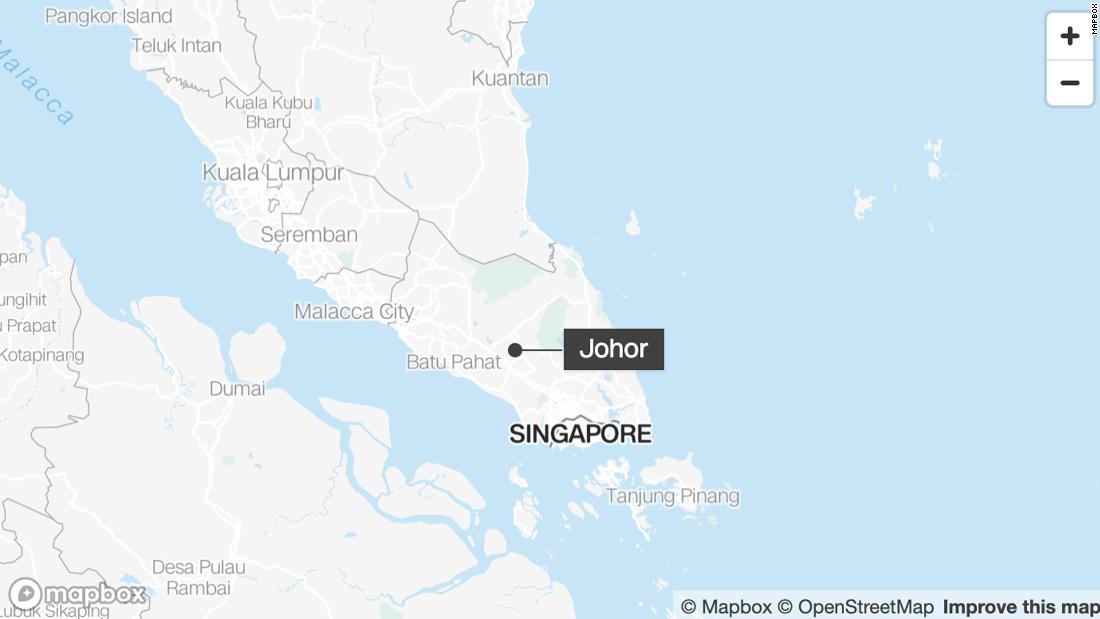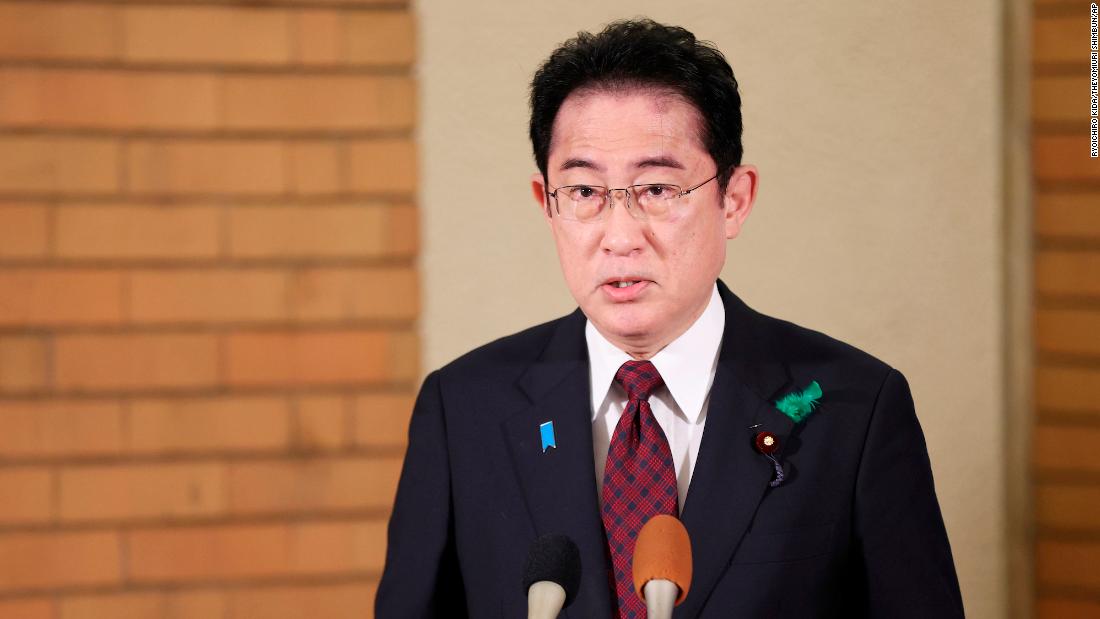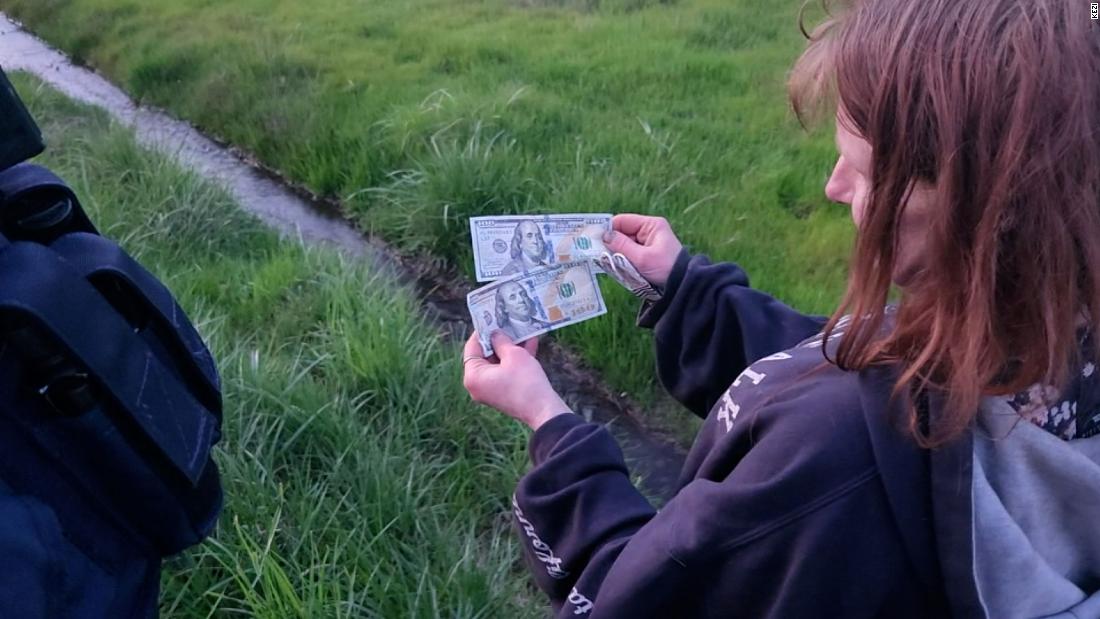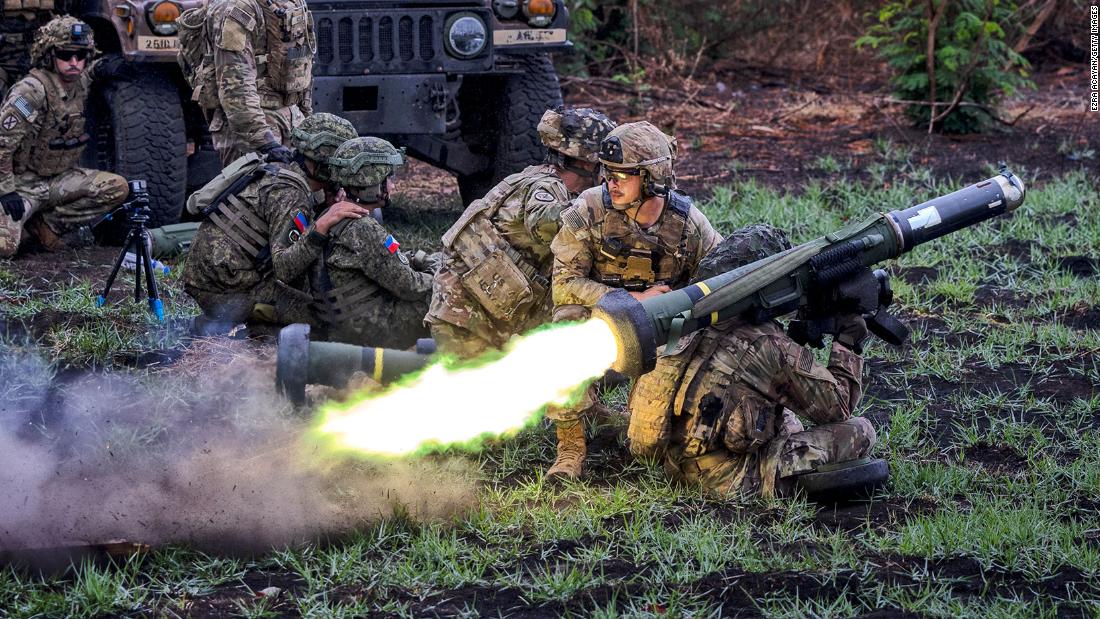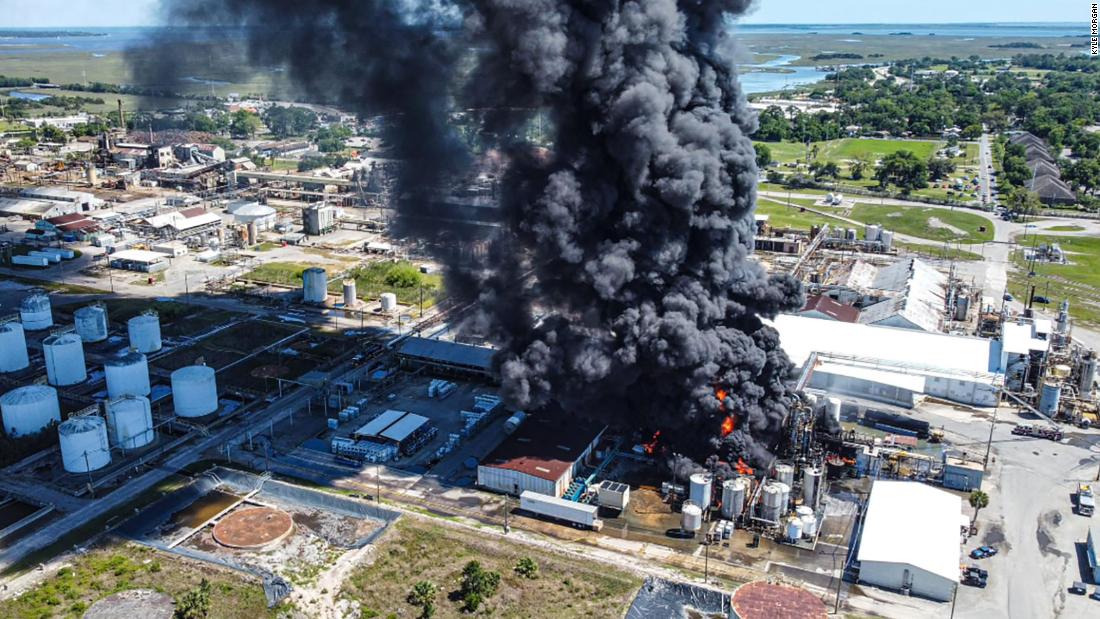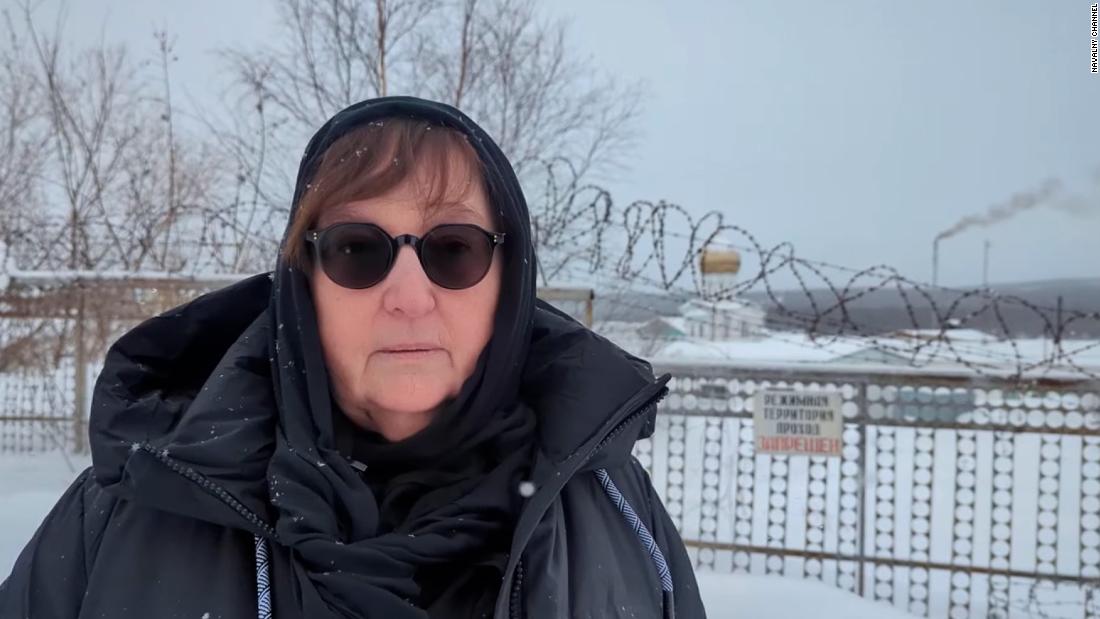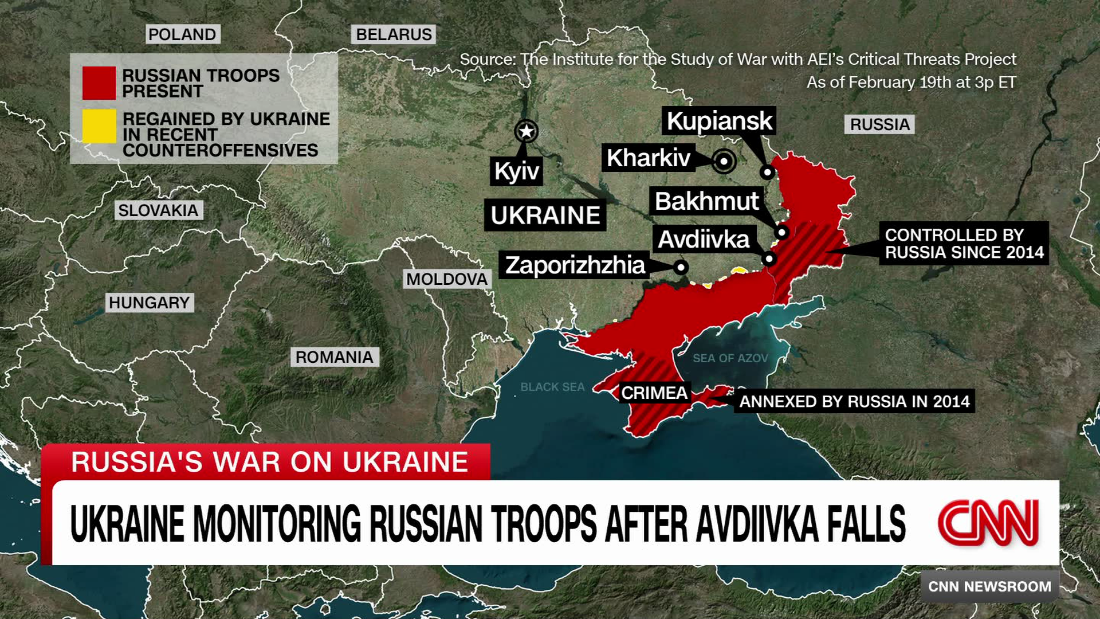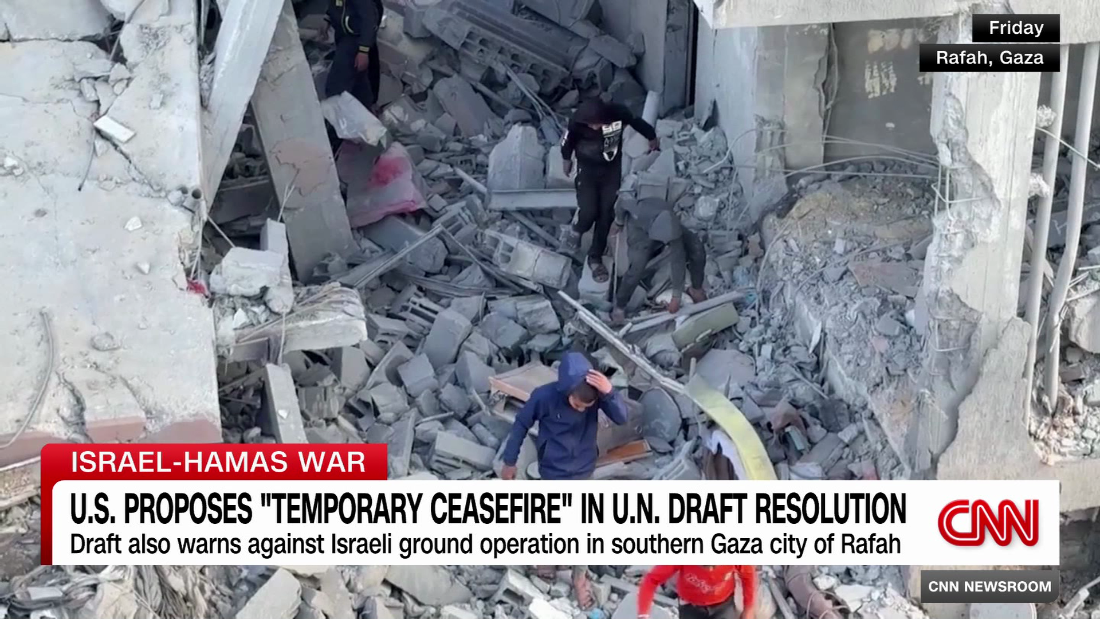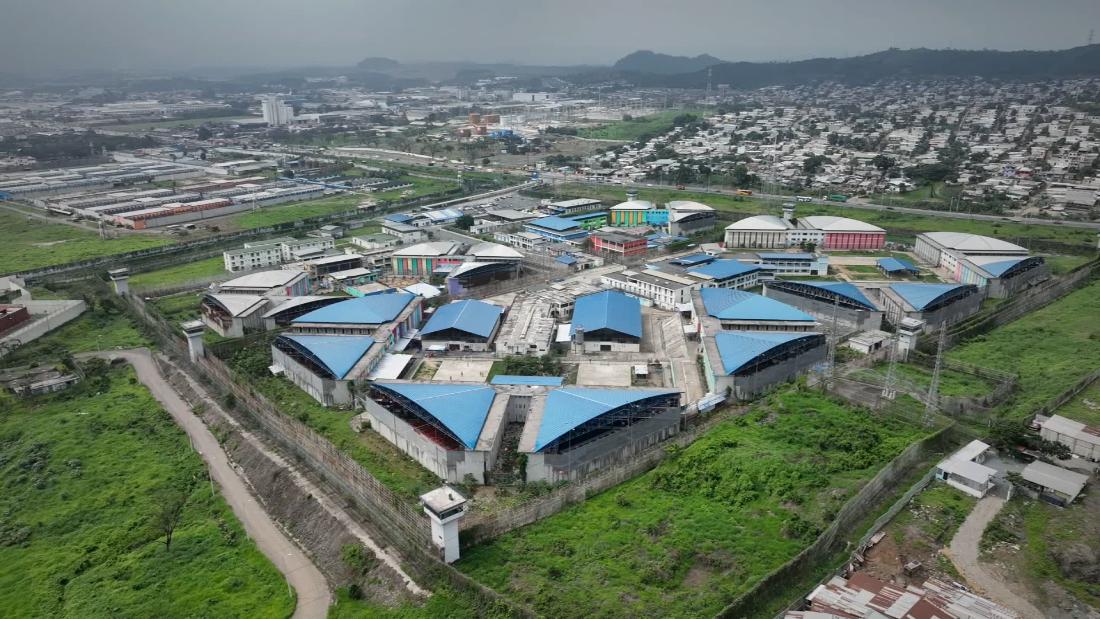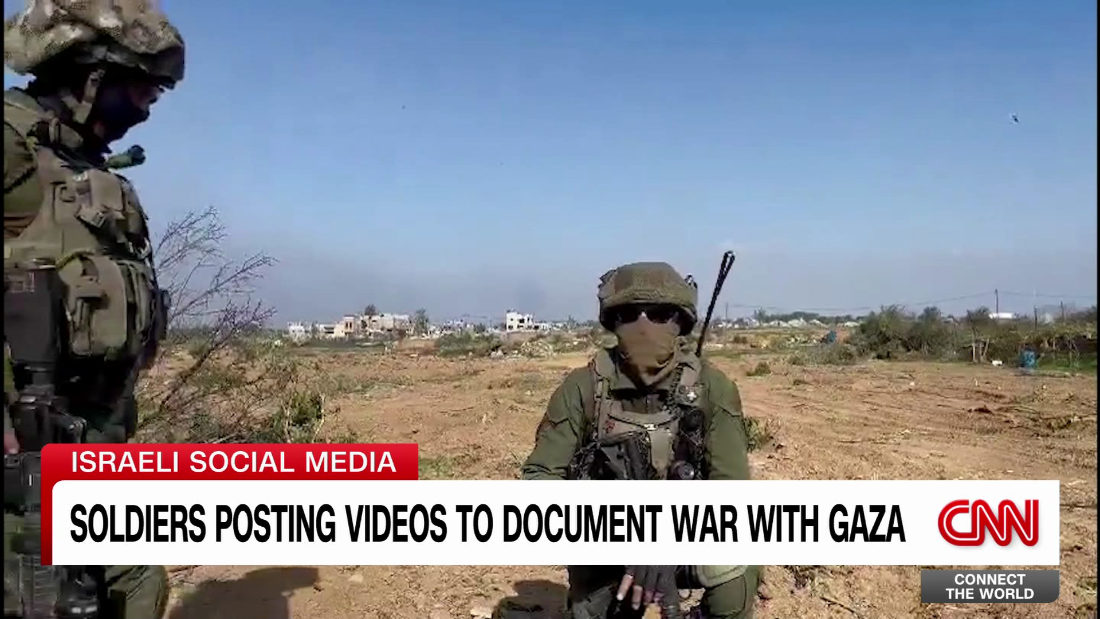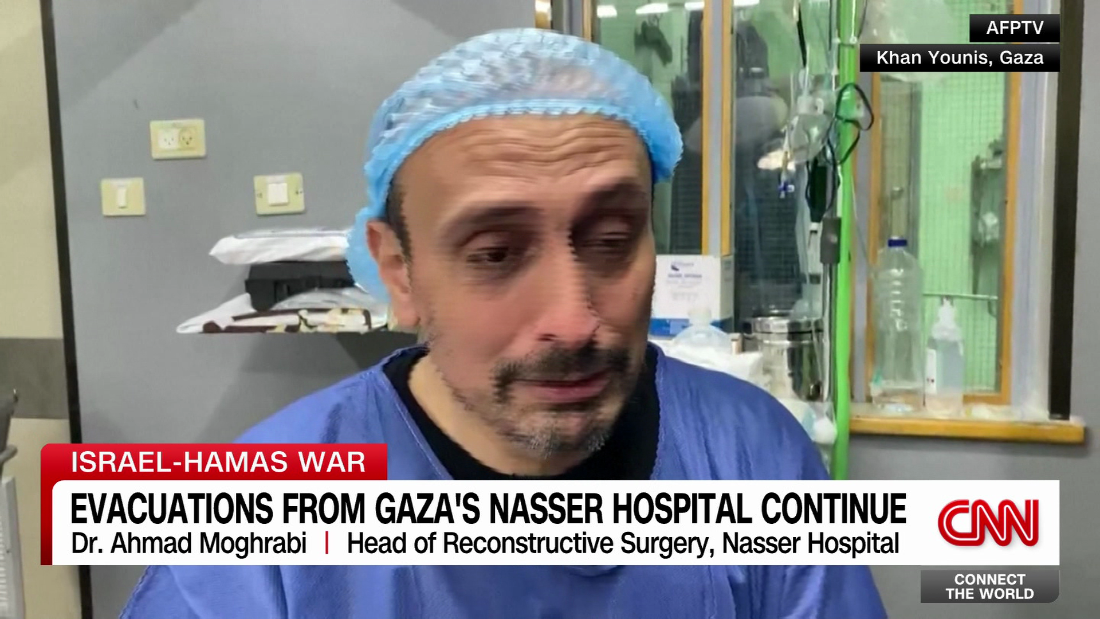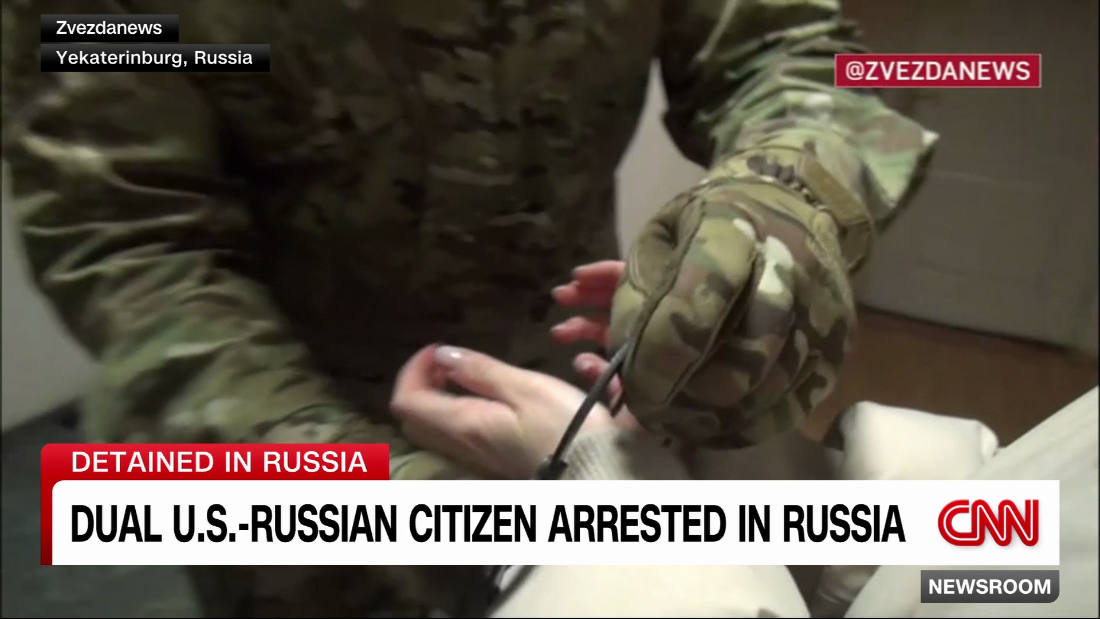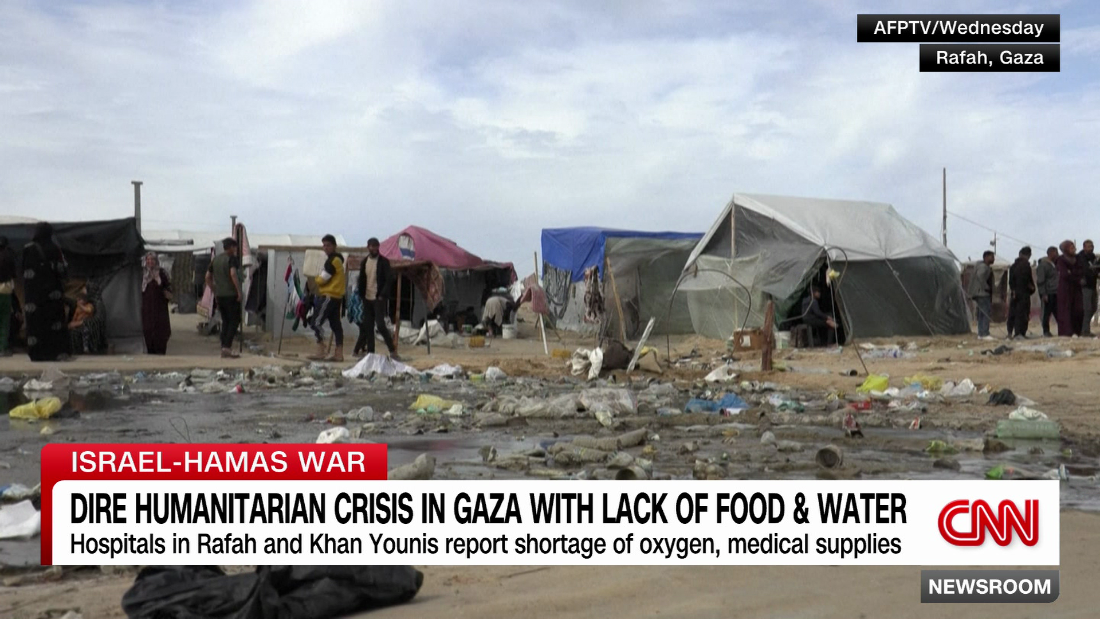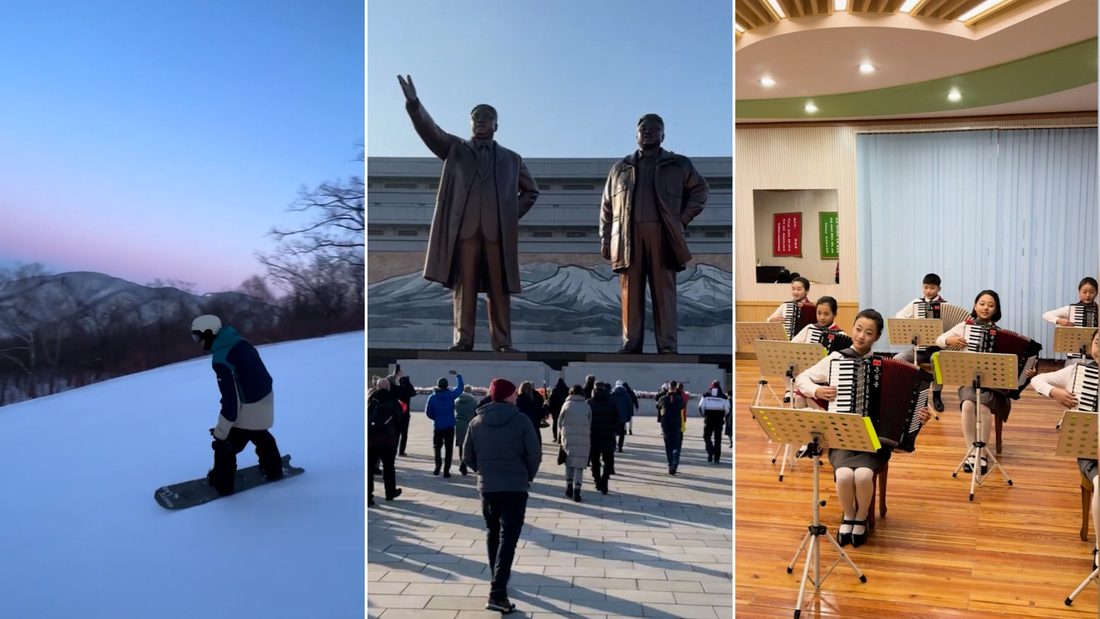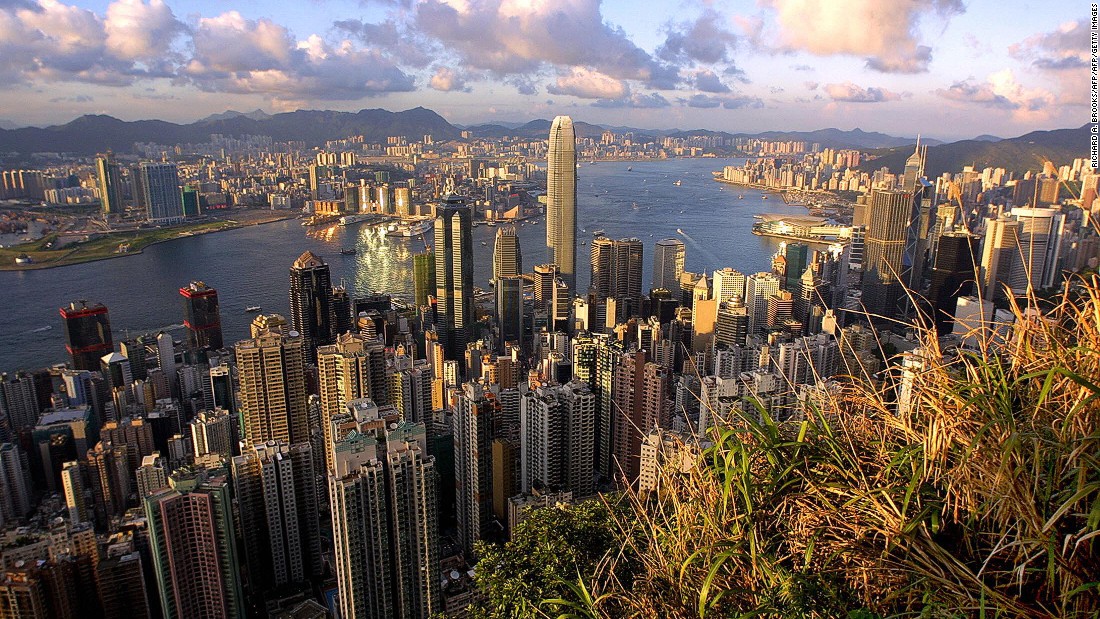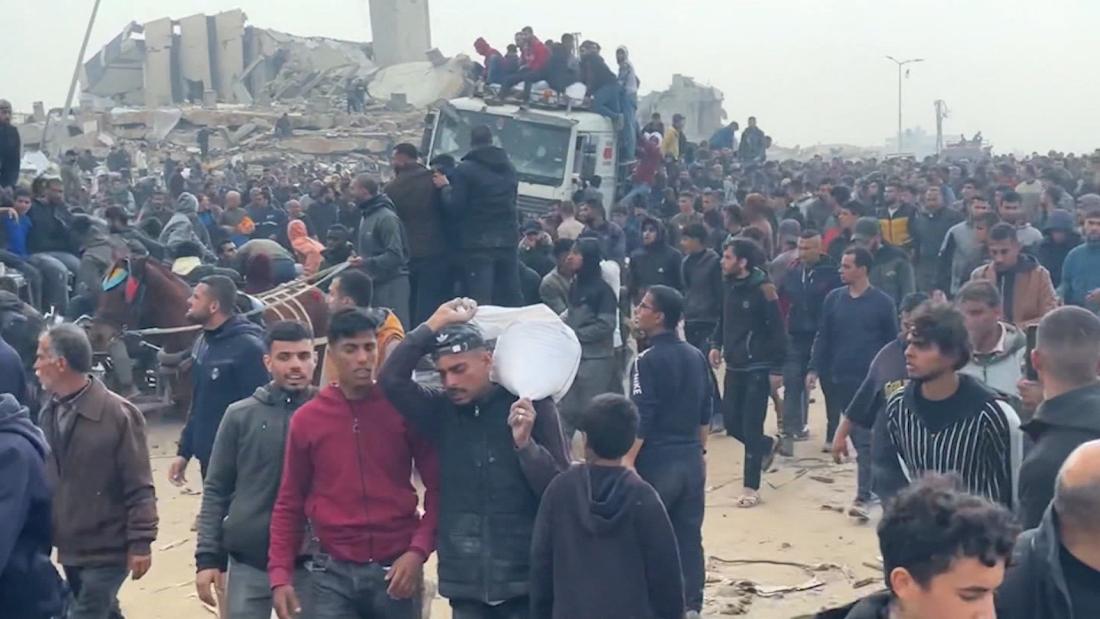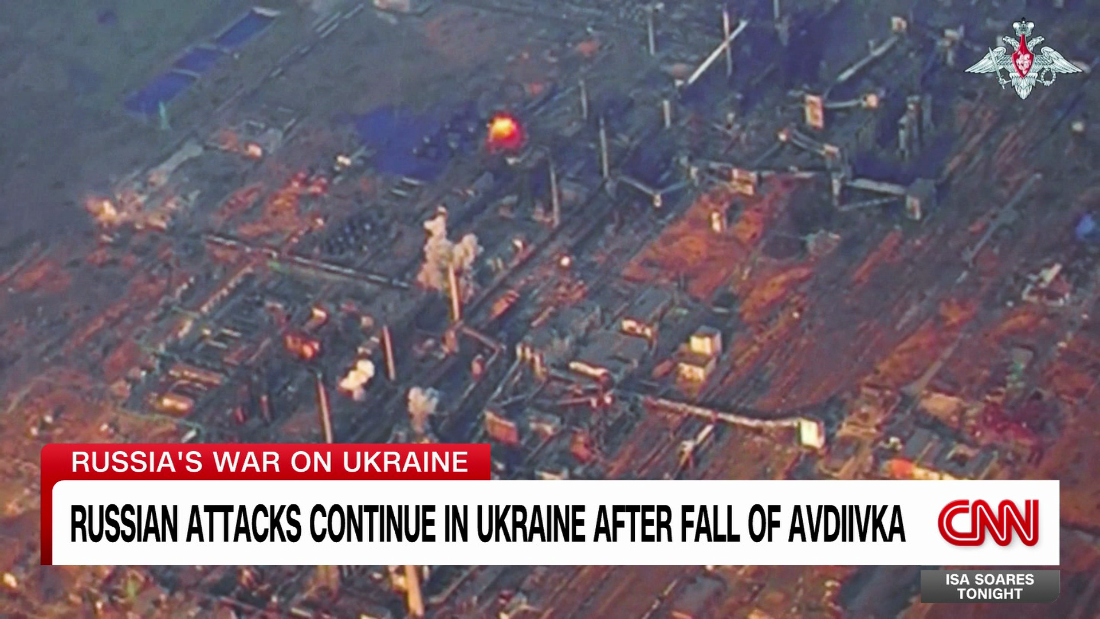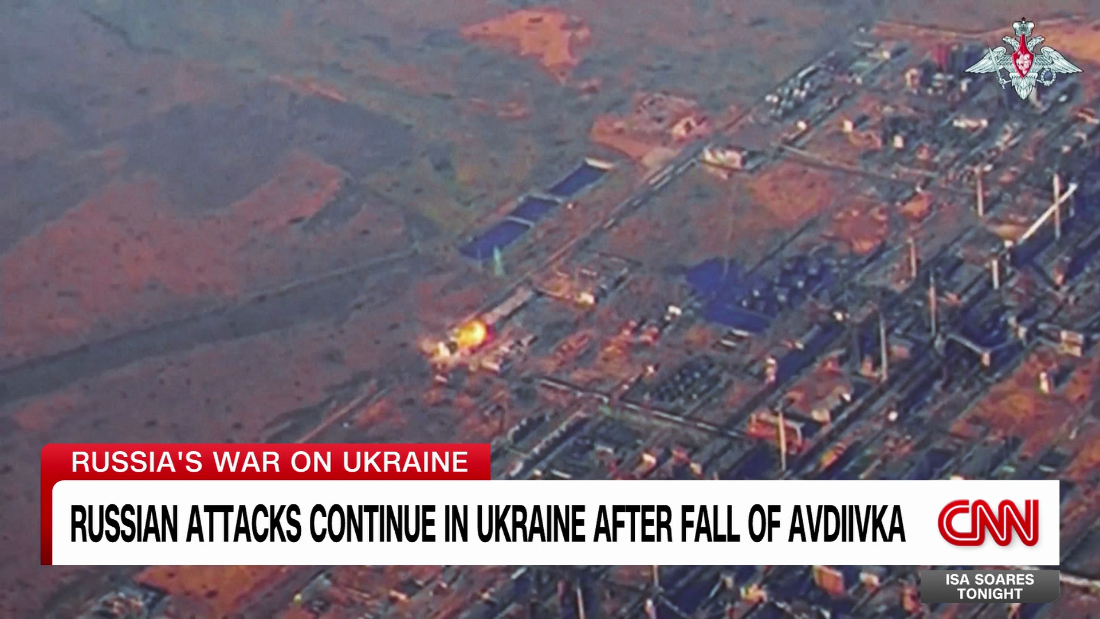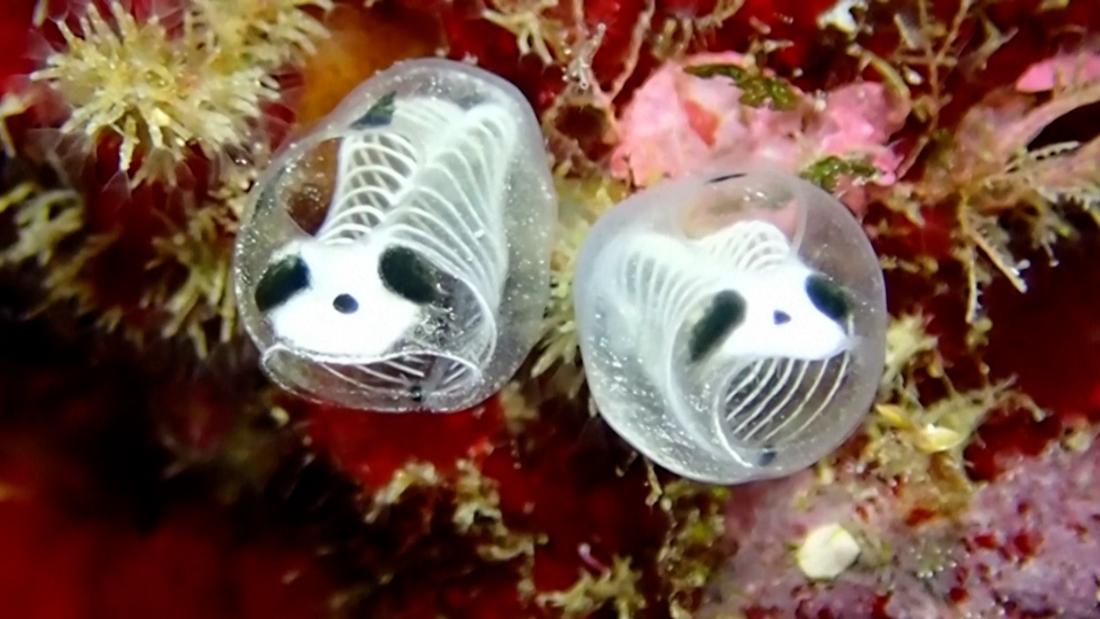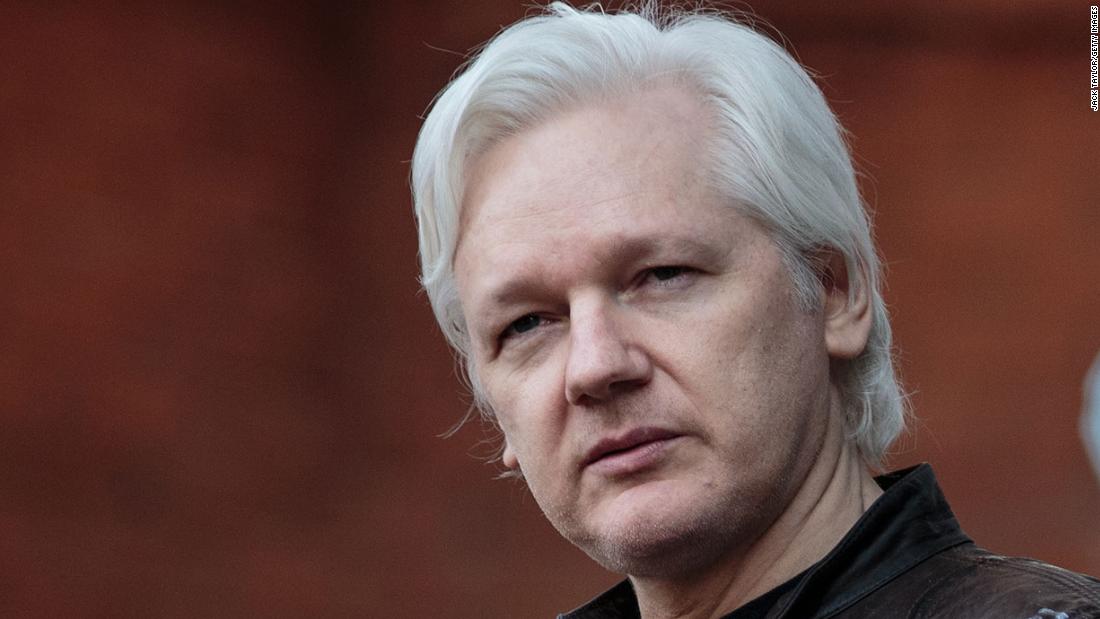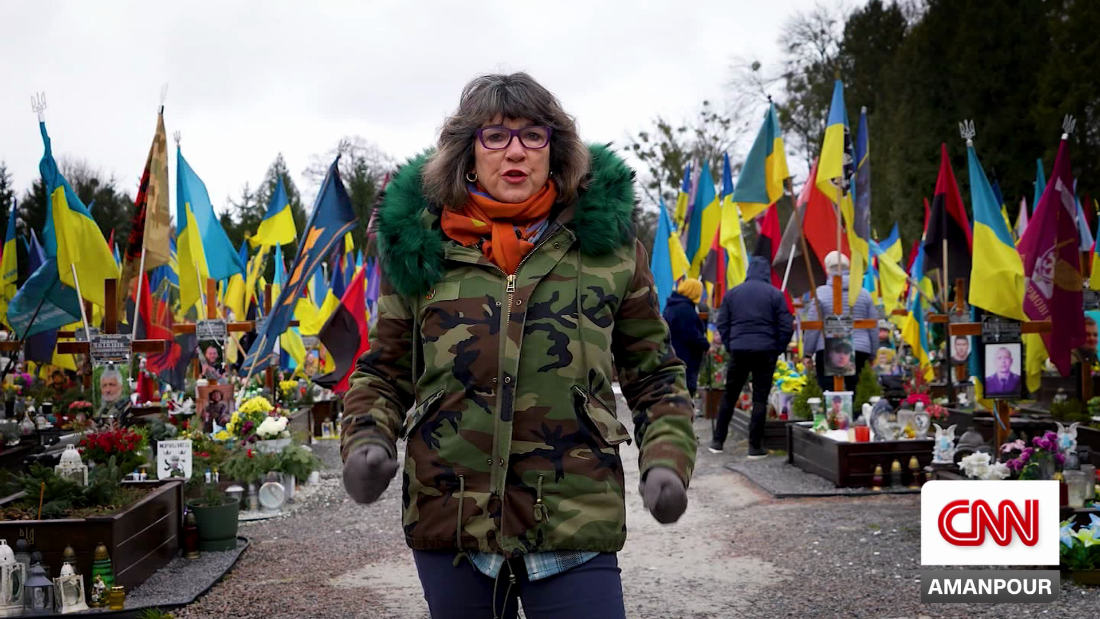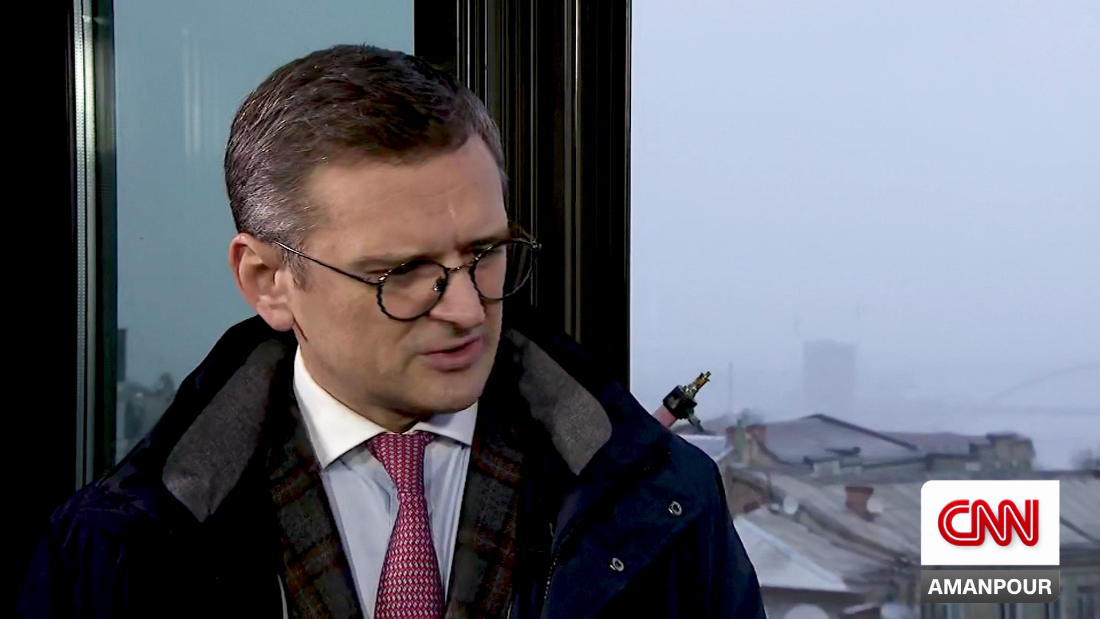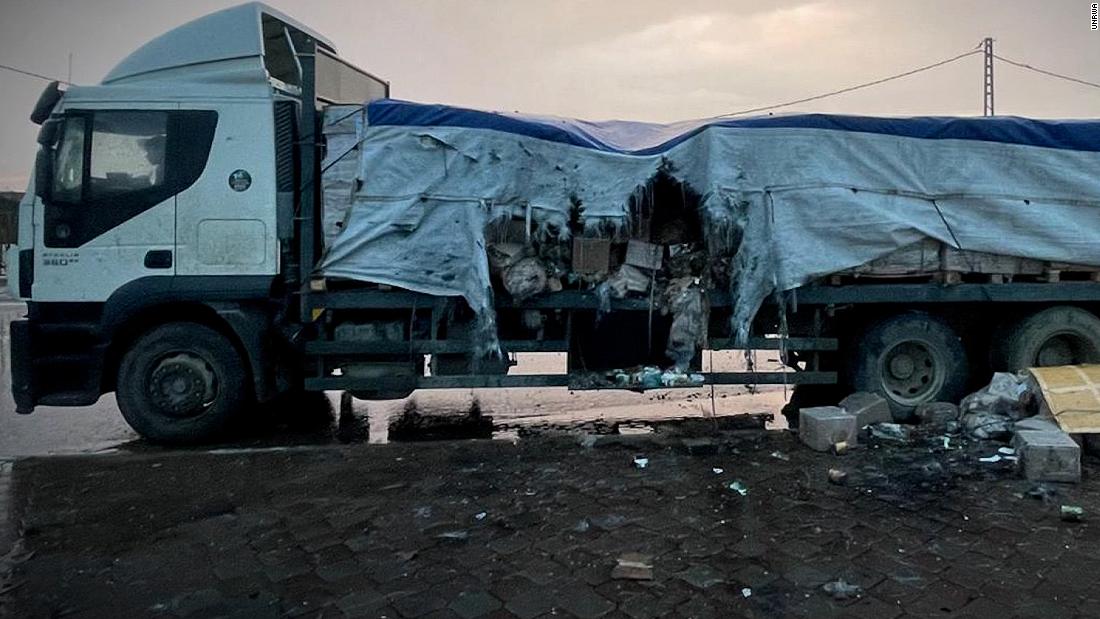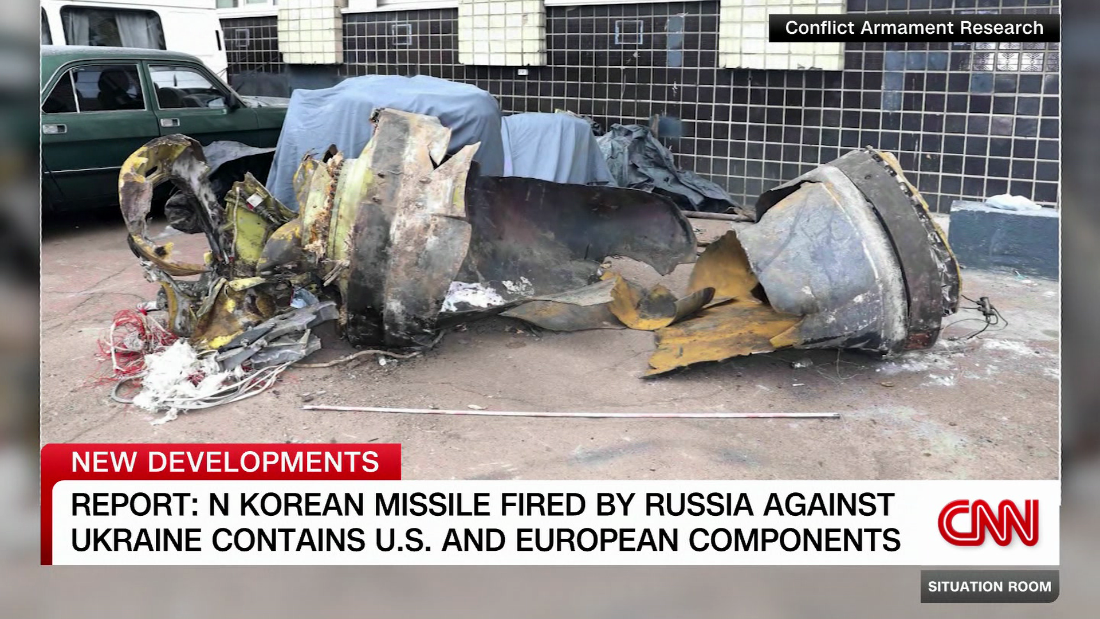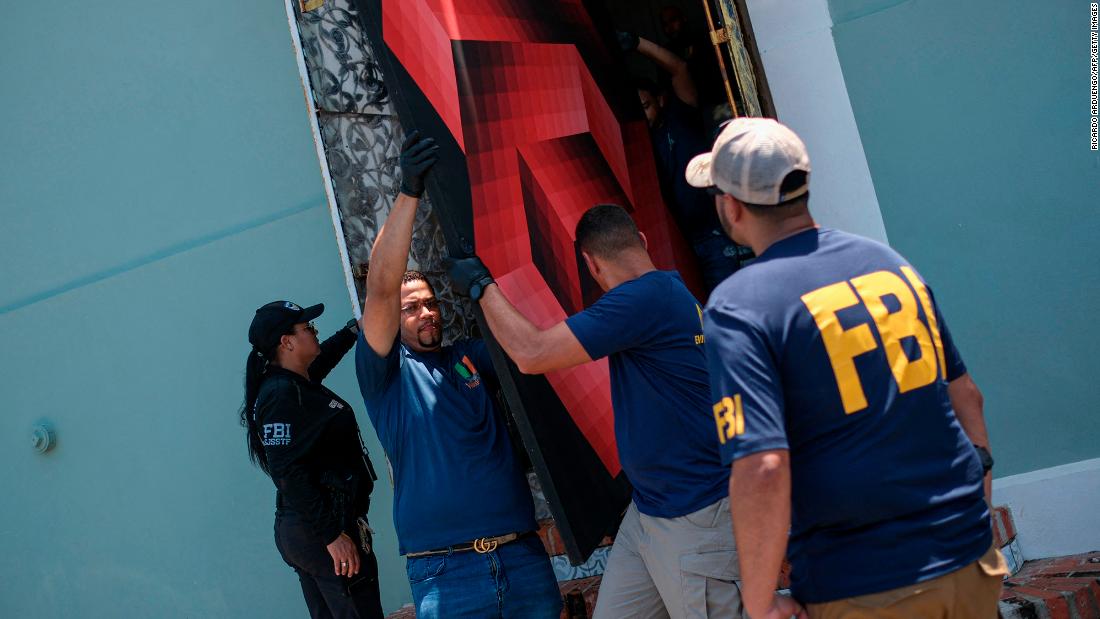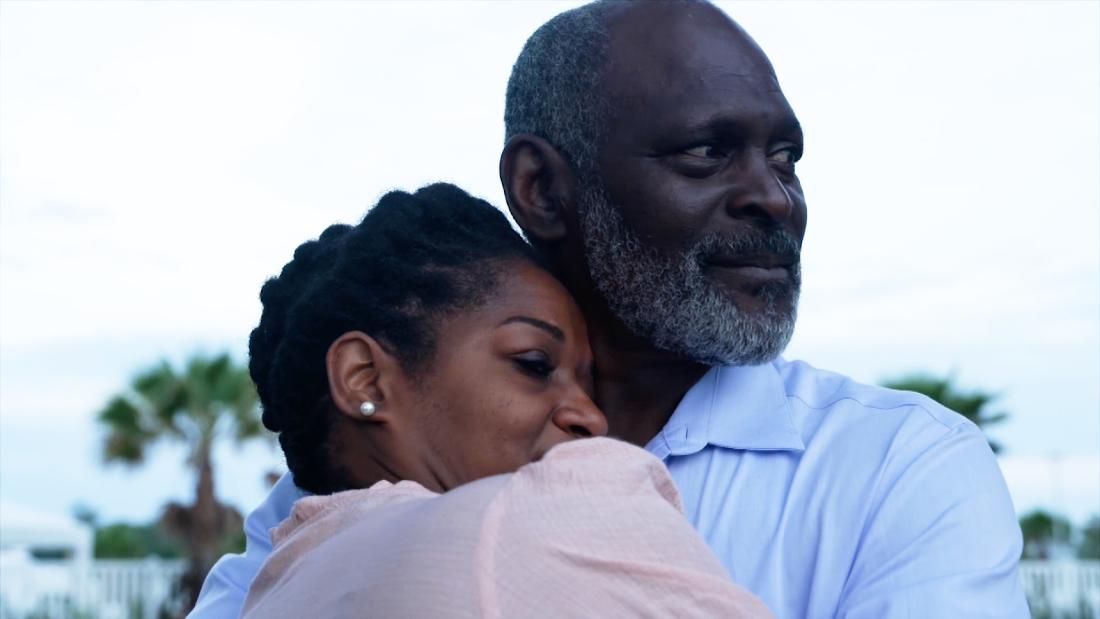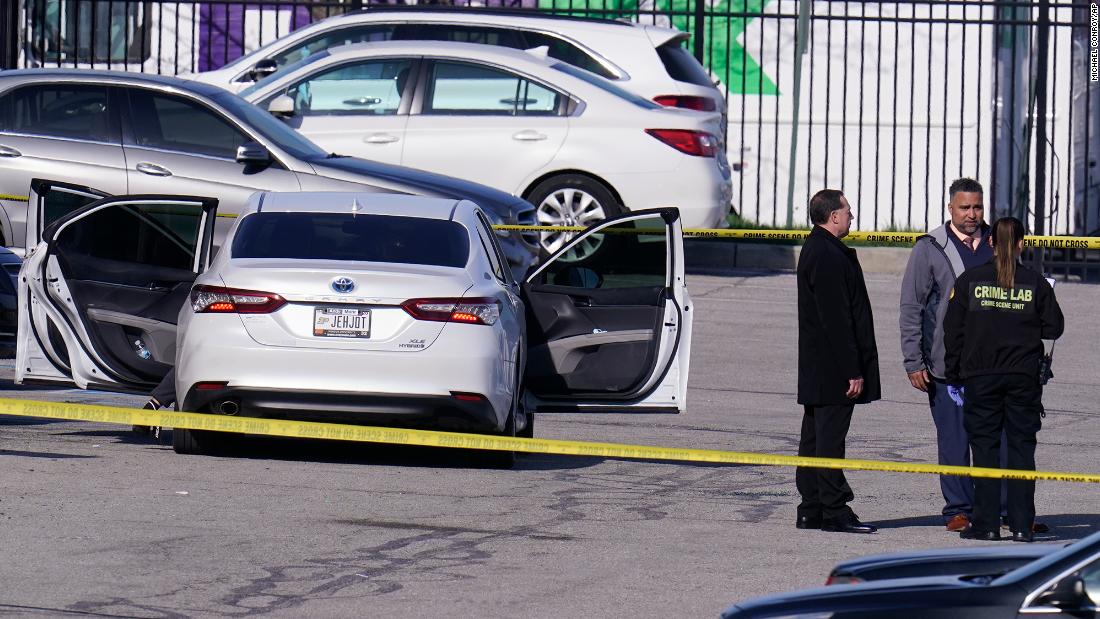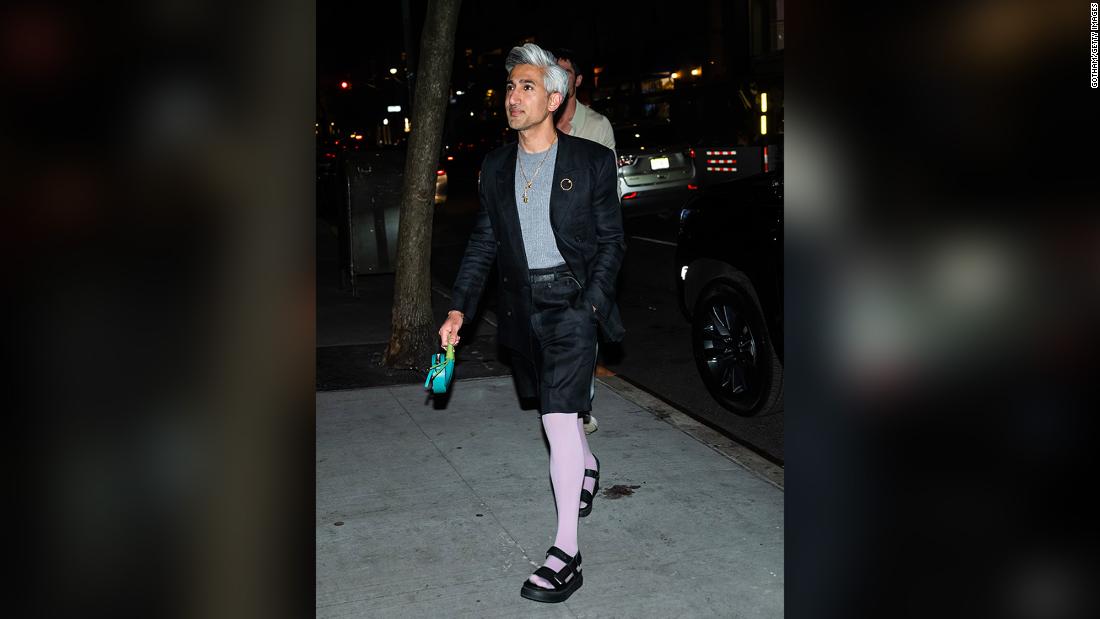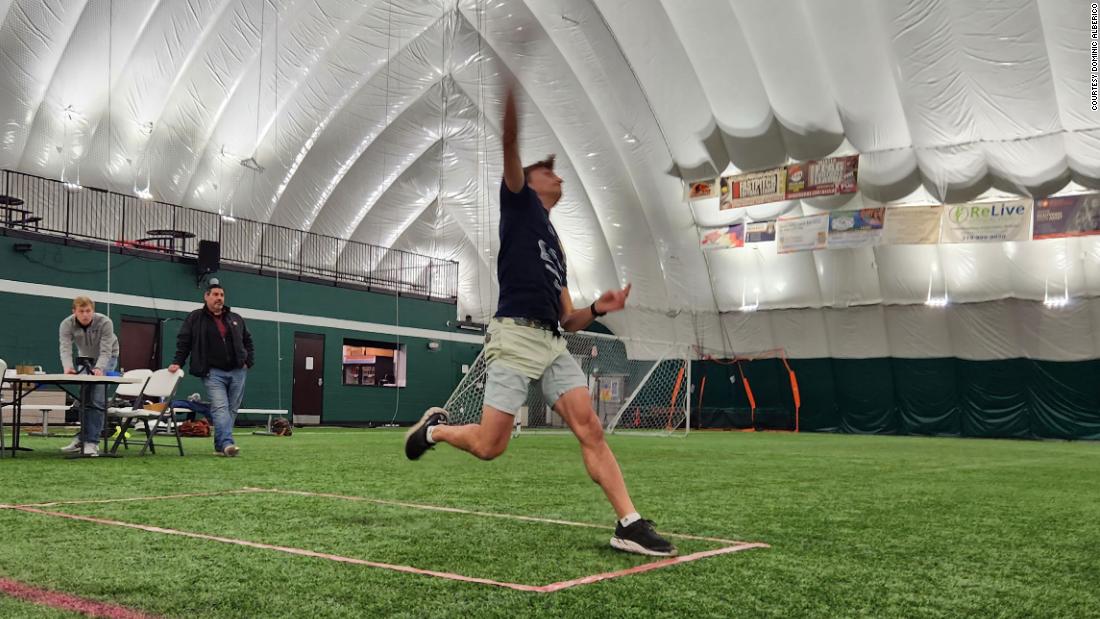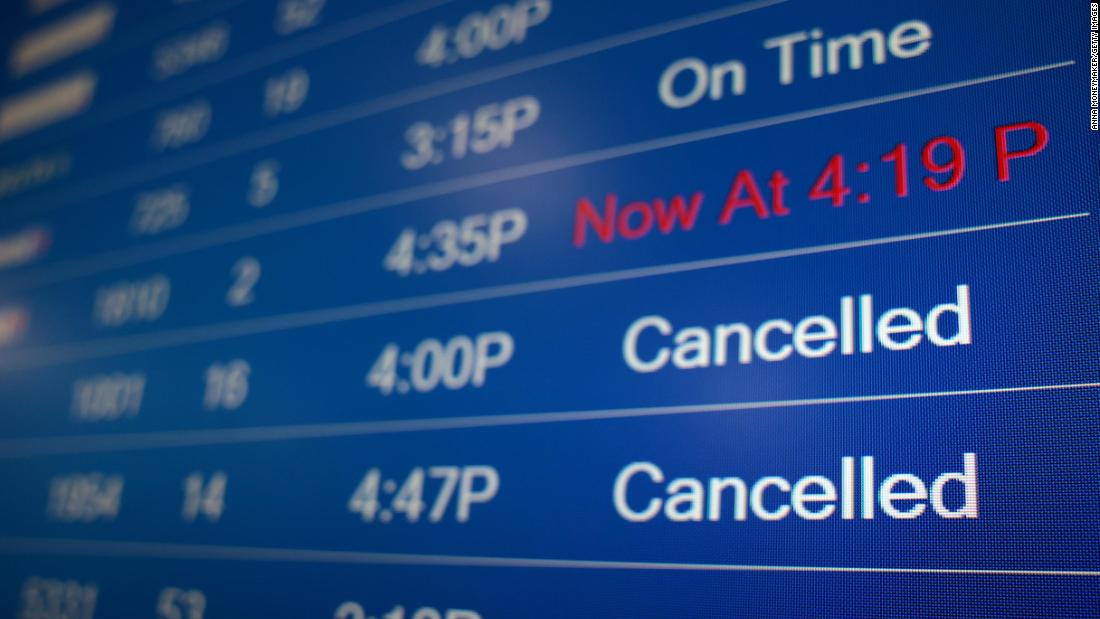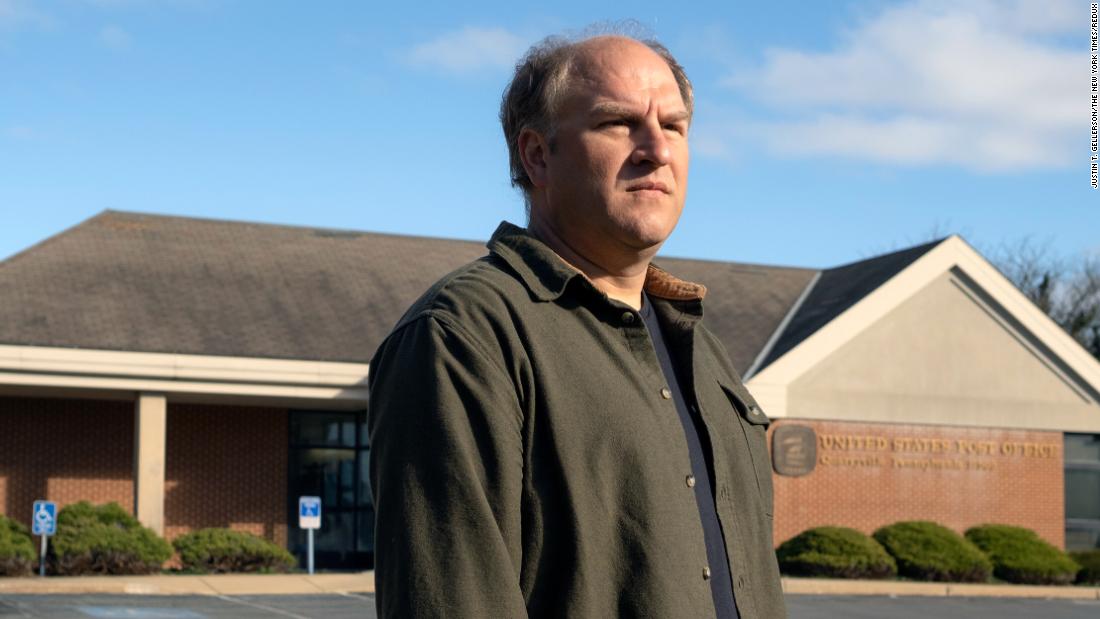A SIBERIAN city was almost completely taken off the map after a mine explosion forced its residents to abandon it.
The ruins of Kadykchan now haunt the landscape of Russia’s Far East – frozen in time since the Cold War.
YouTube / BaikalNatureThe frozen landscape of a once vibrant mining city left to rot[/caption]
Koryo ToursThe city once boasted schools, hospitals, high streets and music festivals[/caption]
Koryo ToursWhat looks like the broken remains of a classroom[/caption]
The eerie coal-mining town has been completely deserted for over thirty years – left to rot since its last bus load of residents shipped out.
Chilling footage reveals blackened and crumbling Soviet-era concrete apartment blocks, smashed up classrooms and rusting playgrounds overrun by nature.
The remote and abandoned city is found deep into Magadan province, an area also known as “Kolyma” – a name that used to strike fear in the hearts of Russians.
It is only reachable along thousands of miles of a highway, referred to as the “Road of Bones” due to the amount of people that were killed in labour camps during Stalin’s reign of terror.
The Soviet-era despot opened up the region in the 1930s in order to extract minerals, metals and gold from its uninhabited lands using forced labour.
Throughout the 30s and on through World War 2, over a million prisoners suffered in the horrible conditions and -50C temperatures of Kolyma.
Two-hundred thousand of them died.
After the war, two coal mines were opened in Kadykchan and prisoners were soon replaced by civilians attracted by the promise of a good salary and a flat.
As the Cold War dragged on, the city flourished in the 1970s and became bustling with young people who wanted work and started music festivals and opened clubs.
In 1989, the Soviet Union collapsed and the worker’s salary’s were no longer guaranteed.
The coal-mining city fell into depression, one of the mines closed and the future looked bleak.
A past resident, Tatiana Shchepalkin, told the BBC: “Salaries weren’t being paid and people couldn’t even buy basic things like food.
“Imagine your husband comes home from the mine and you’ve got nothing to give him to eat. The children are hungry.”
It didn’t seem like it could get any worse, until tragedy struck on November, 25, 1996.
A methane explosion ripped through the mine during a busy morning shift and six men were killed.
The last mine was closed for good and Kadykchan no longer had a reason to exist. The city was finished.
“Things were terrible…Things were so desperate people were shooting dogs for food,” Tatiana remembered.
Residents quickly began packing up their lives and getting out.
Soon the city had completely emptied. In turn, the local council moved in and torched most of the buildings.
There Kadykchan remains – blackened, crumbling and surrendering to nature.
A man who spent his entire life in the remote, freezing city watched the smoke burn as he left.
“Your soul refuses to believe it,” Vladimir Voskresensky told the BBC.
“But that’s how it is.”
Now the only people to walk amongst the rubble are intrepid explorers gripped by its dark history.
Elsewhere in Russia, in the shadow of the Ural mountains is a rusting, eerie site of a graveyard of trains built in preparation for World War 3.
The steel skeletons of dozens of steam locomotives betray a time when the spectre of the mushroom cloud loomed dangerously near.
During the Soviet era it served as a nuclear war base – ready and waiting to whisk Russians to safety if all other transportation failed or was destroyed.
Time progressed, the Iron Curtain lifted, diesel trains took over and the threat of nuclear war waned – leaving a cemetery on rusty tracks.
Sometimes InterestingThe spooky remains of a playground[/caption]
Koryo ToursAs the last resident left, the town was set on fire[/caption]
Koryo Tours‘People shot dogs for food,’ a former local remembered[/caption]
Koryo ToursThe coal-mining city was built upon old labour camps were thousands of prisoners died[/caption]
Sometimes InterestingResidents left in a rush as life in the city got too bleak[/caption]
Koryo ToursThe city can be found along the ‘Road of Bones’[/caption] Published: [#item_custom_pubDate]














